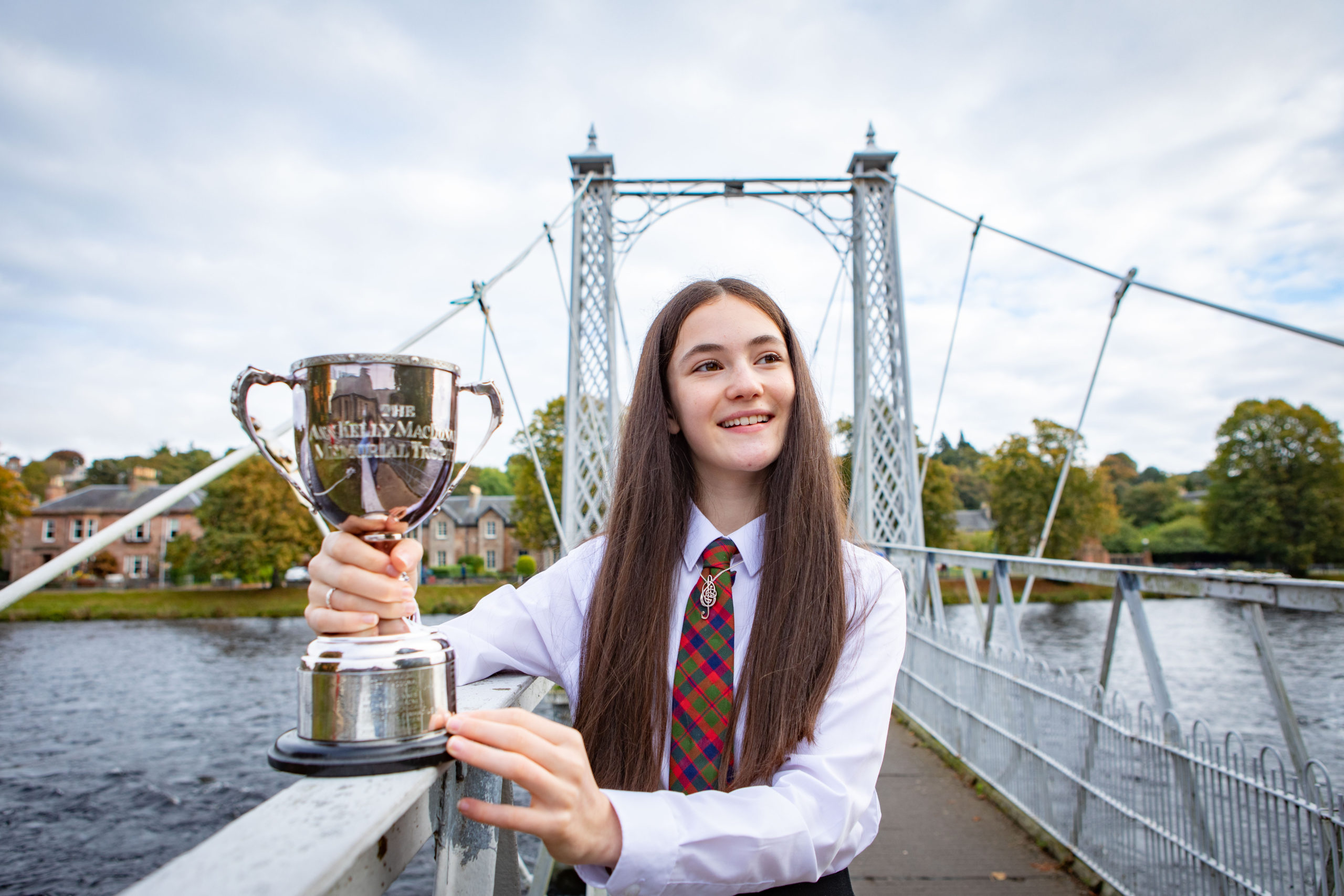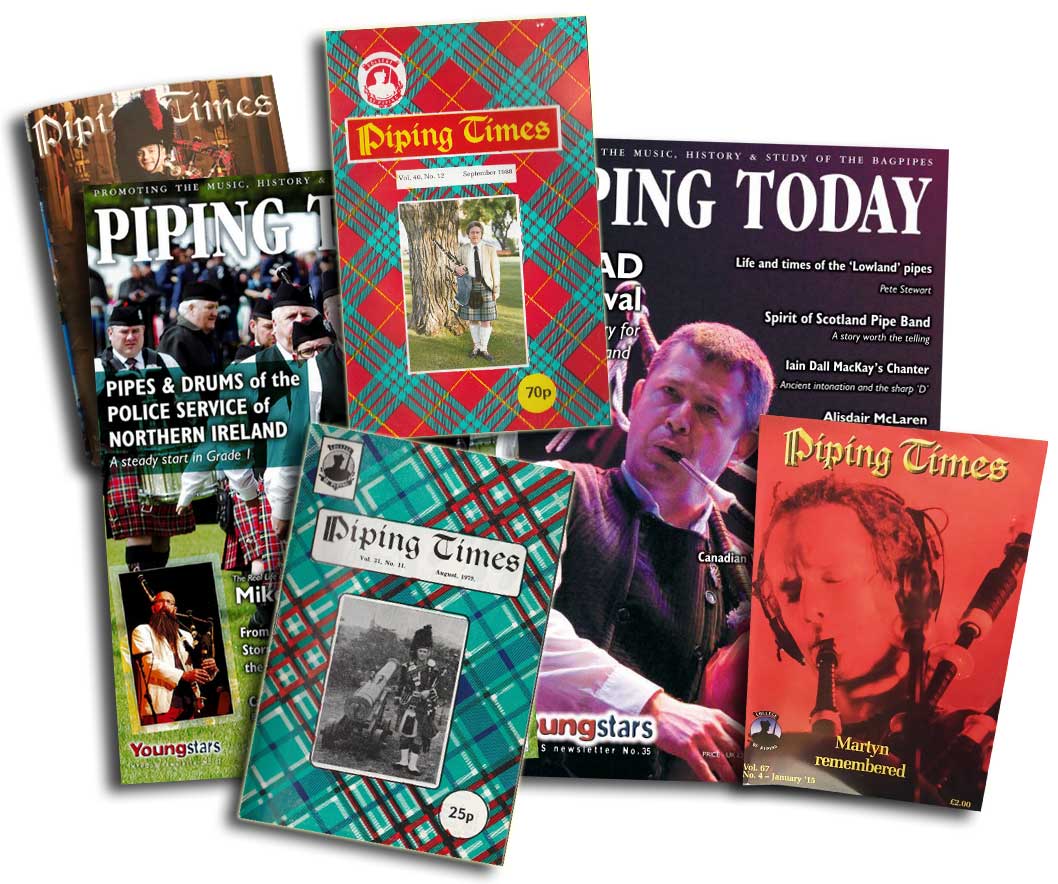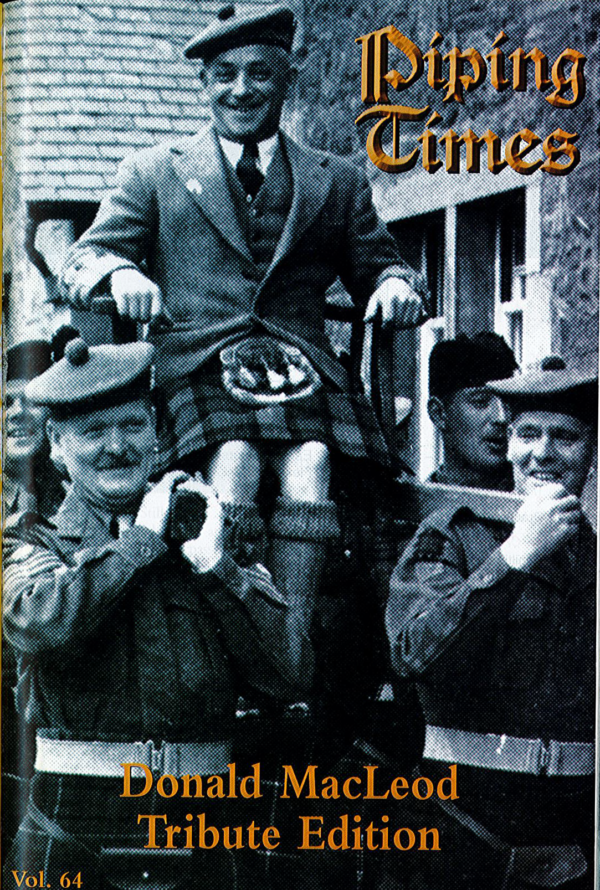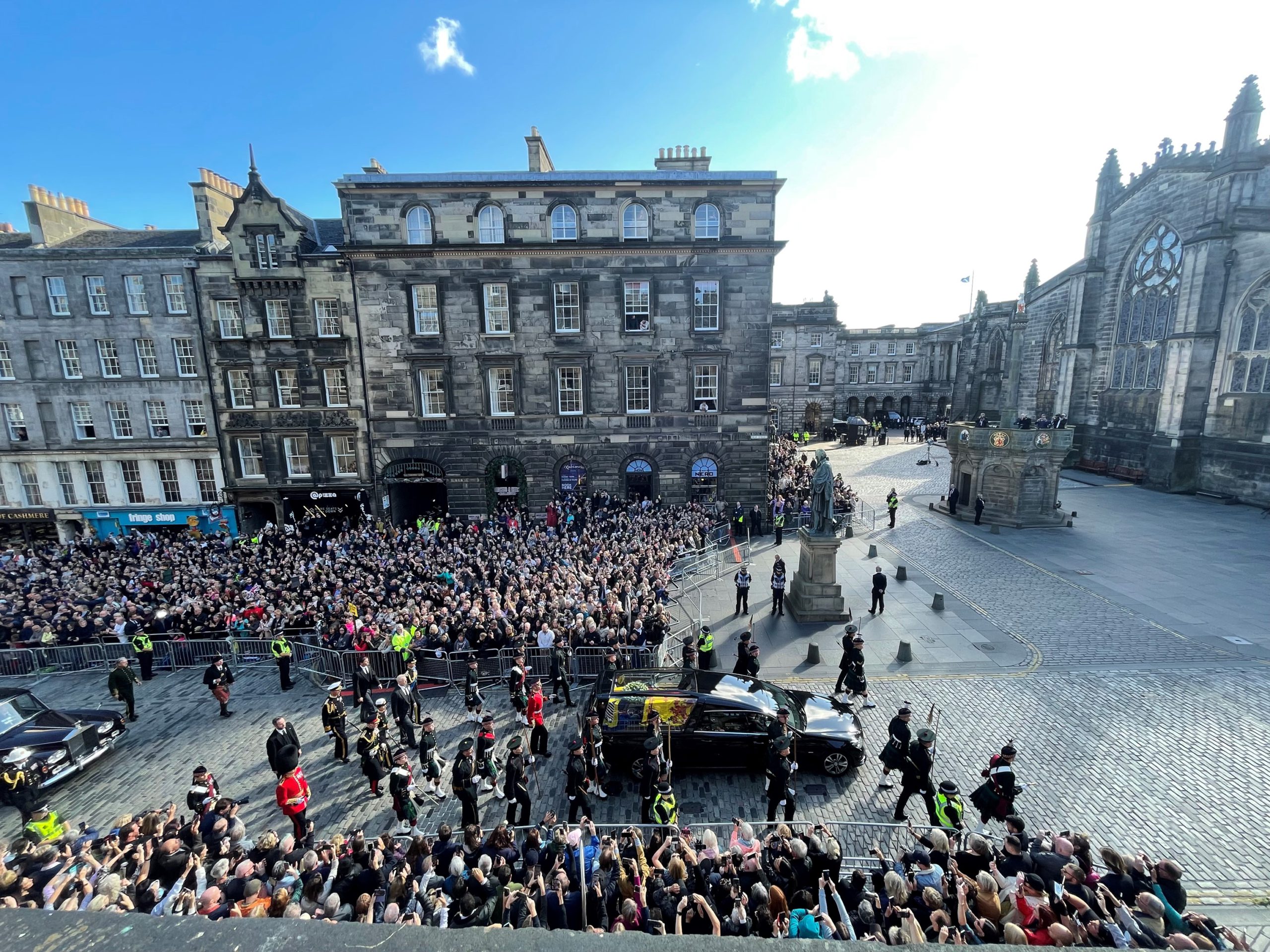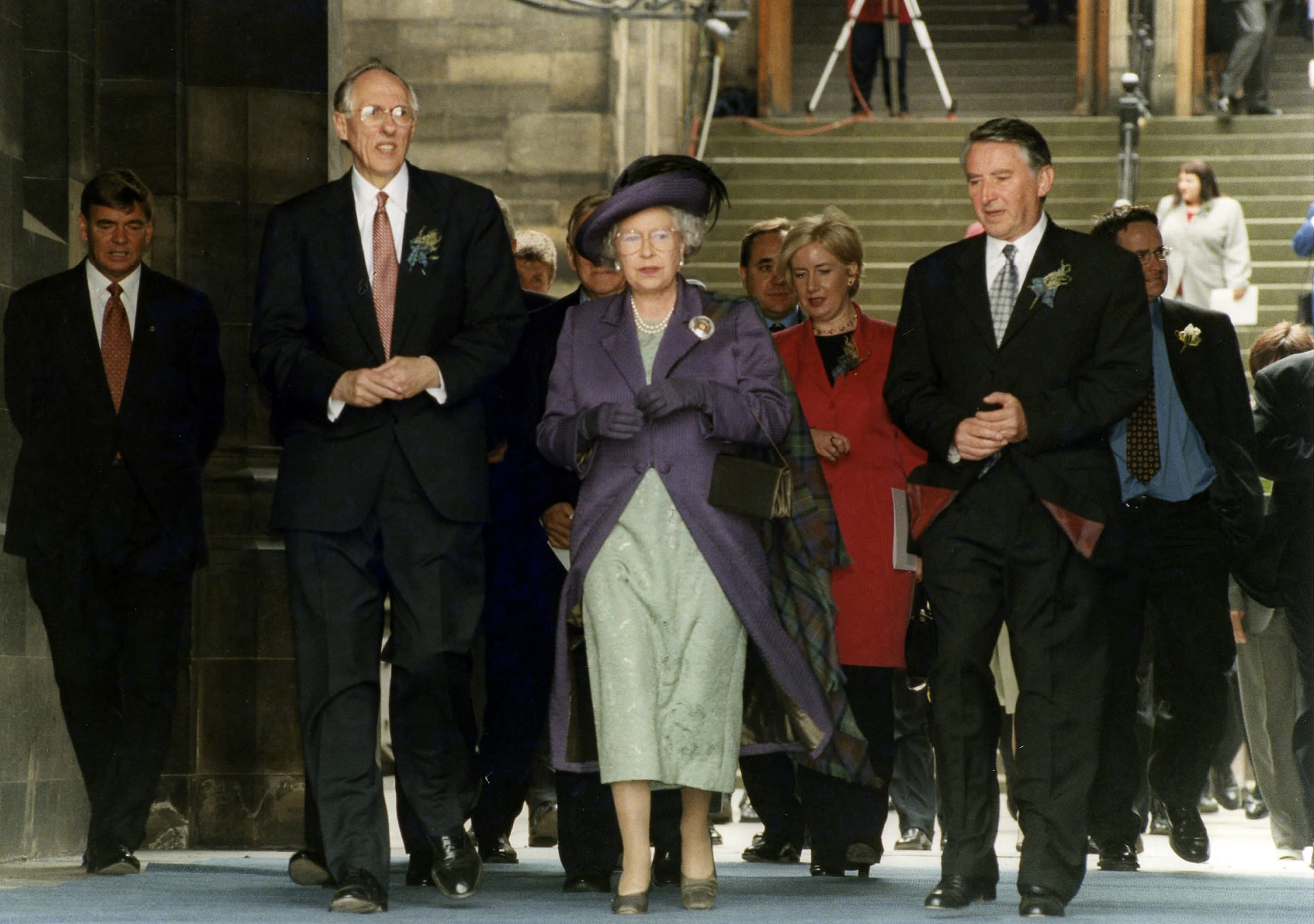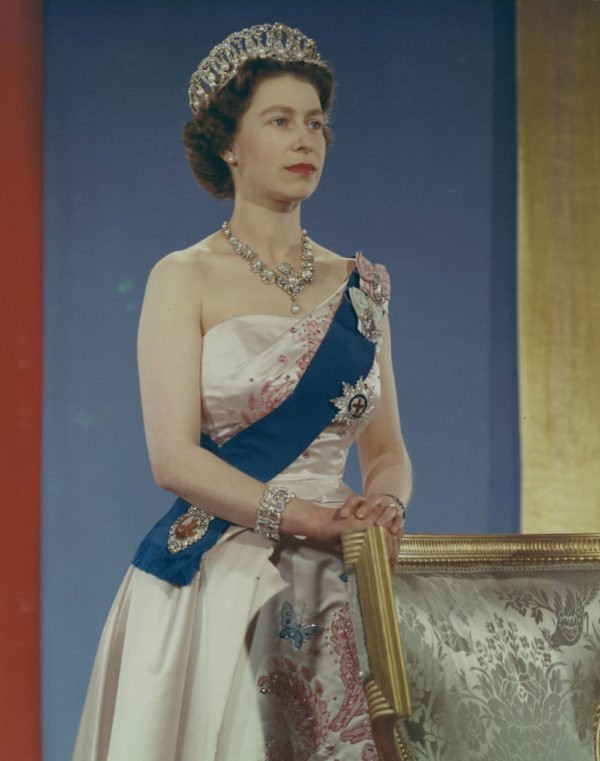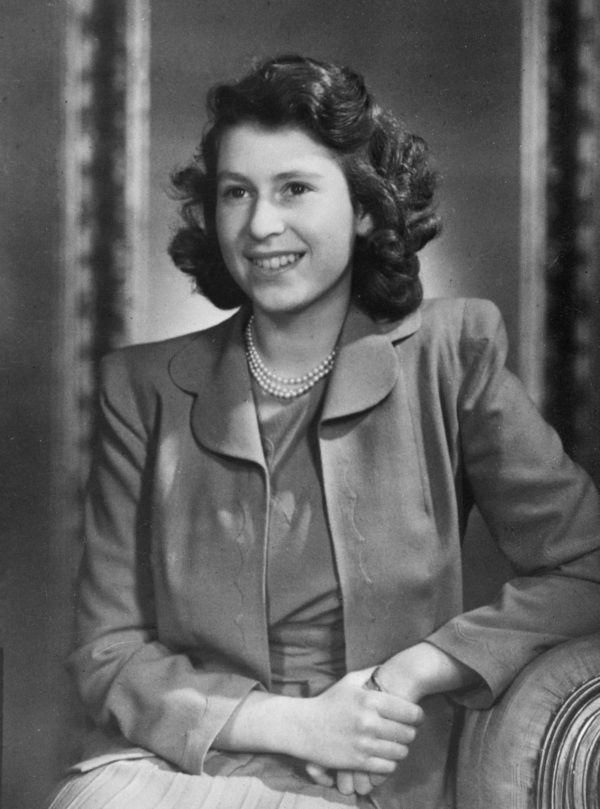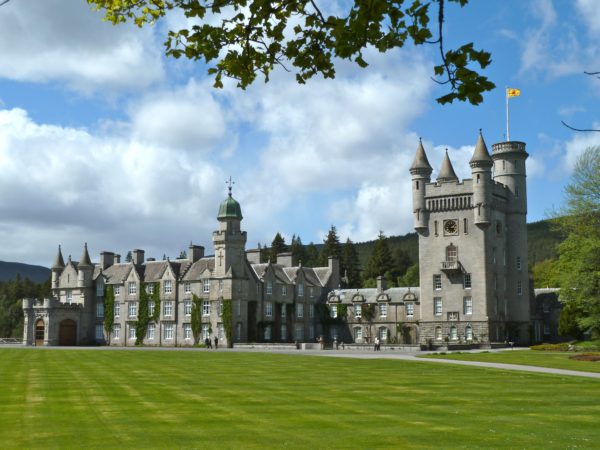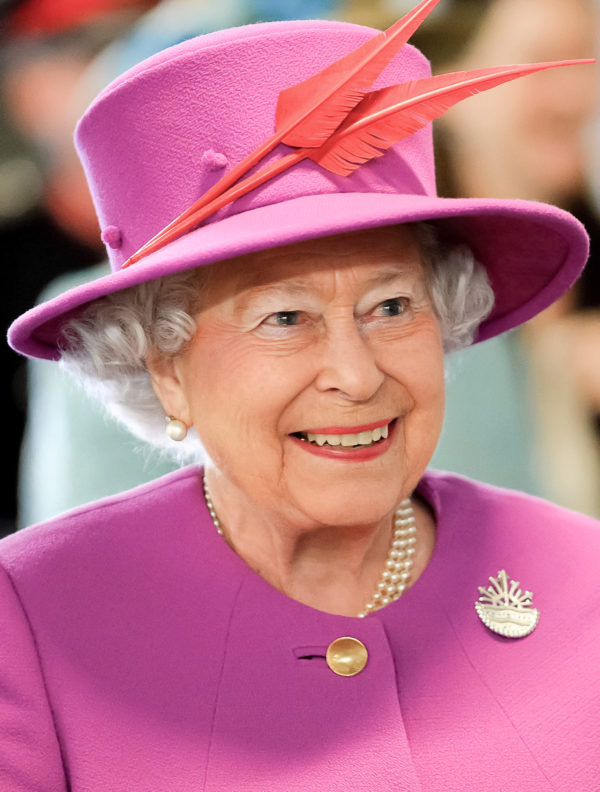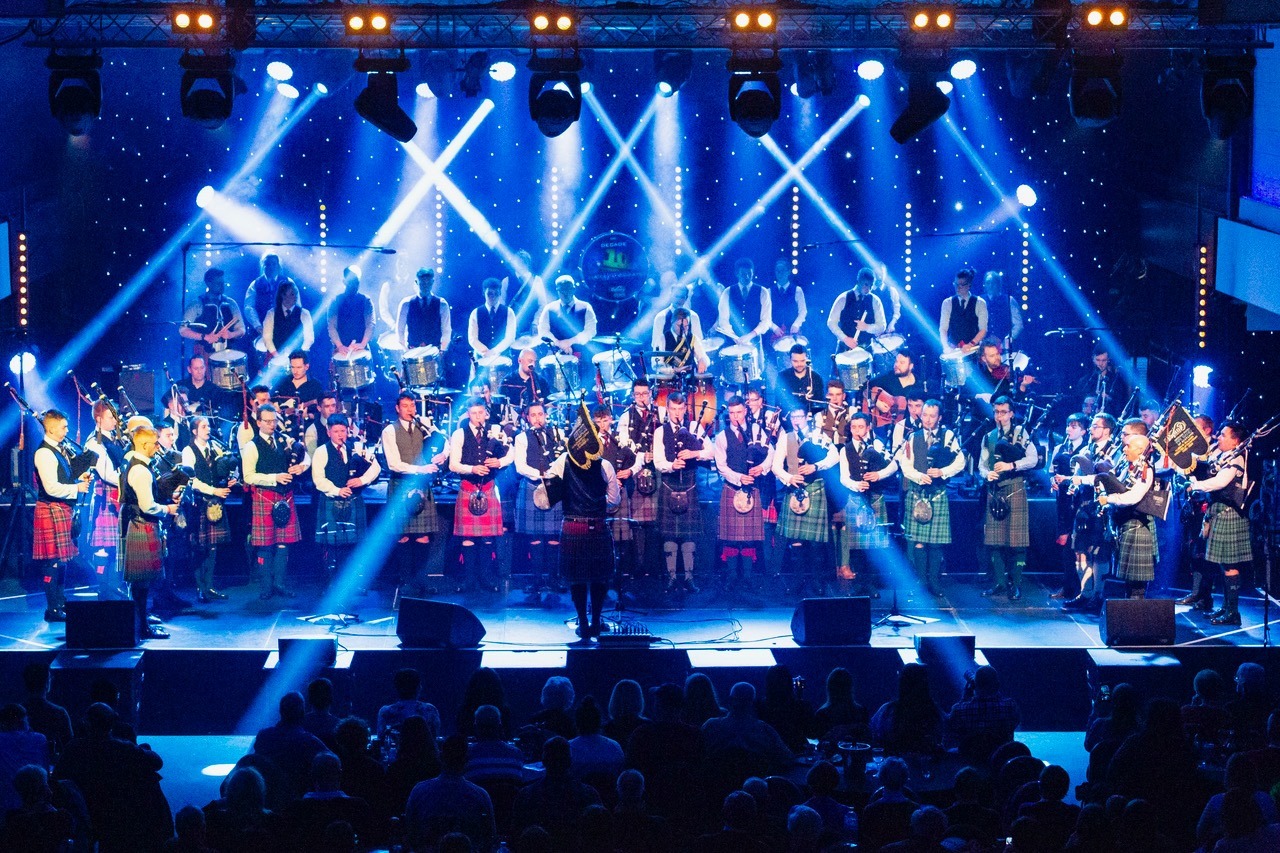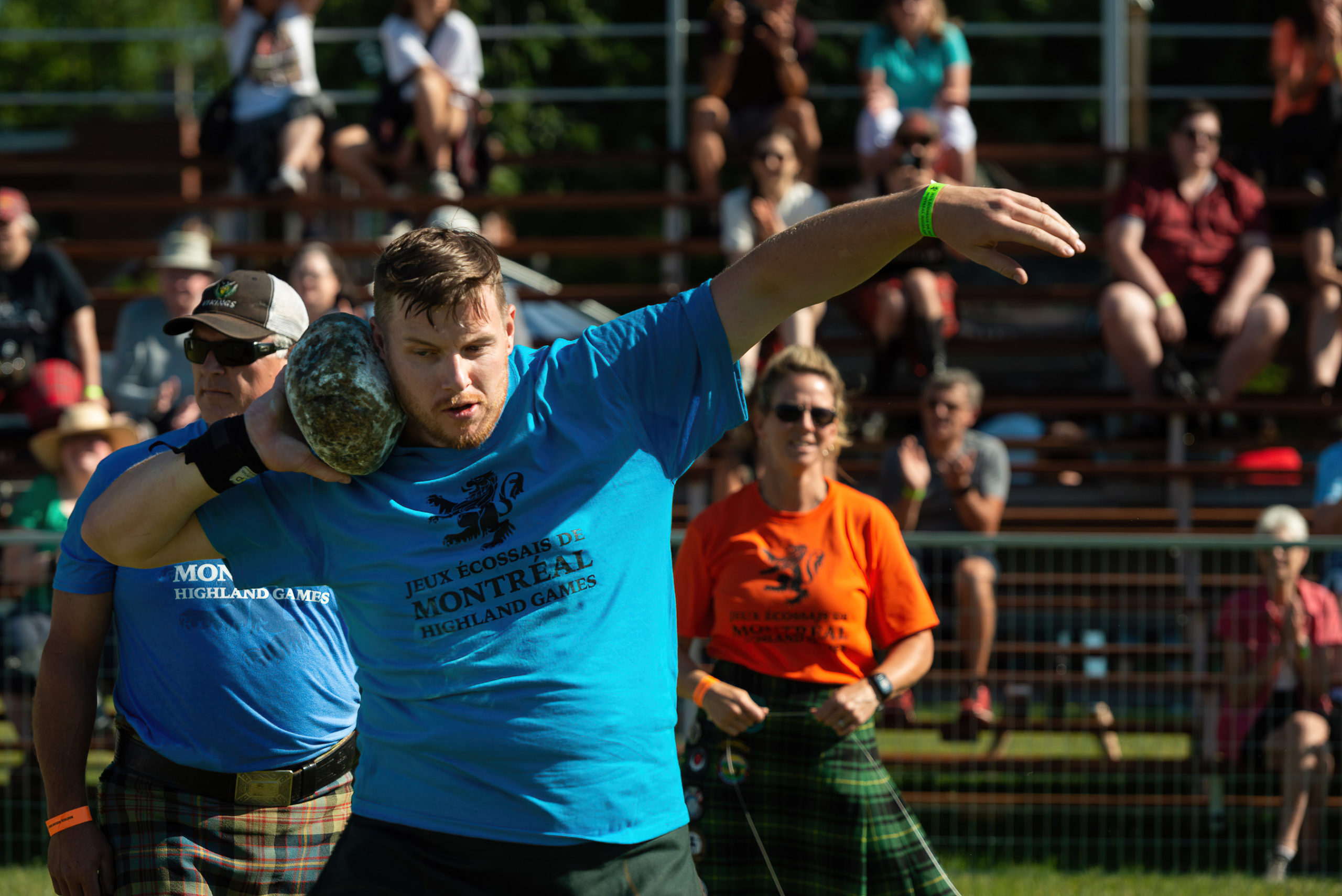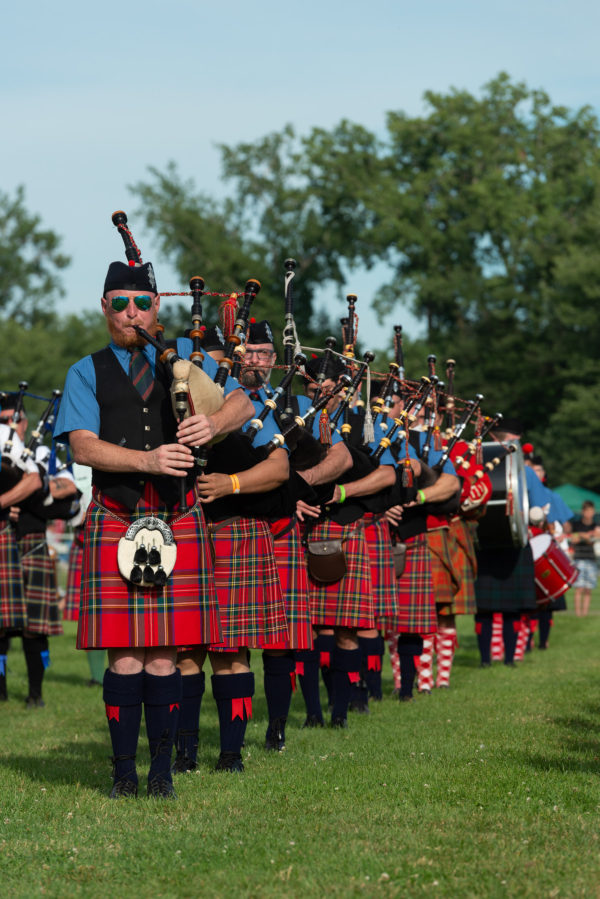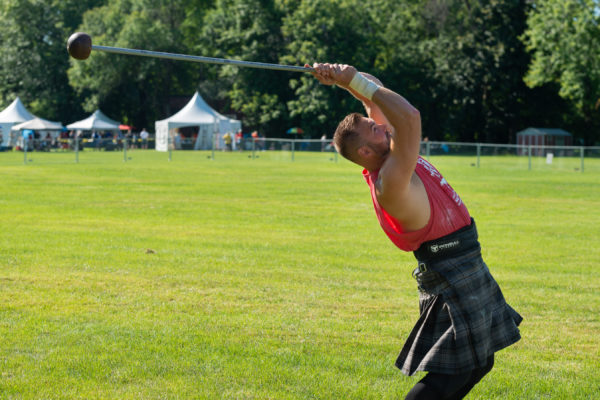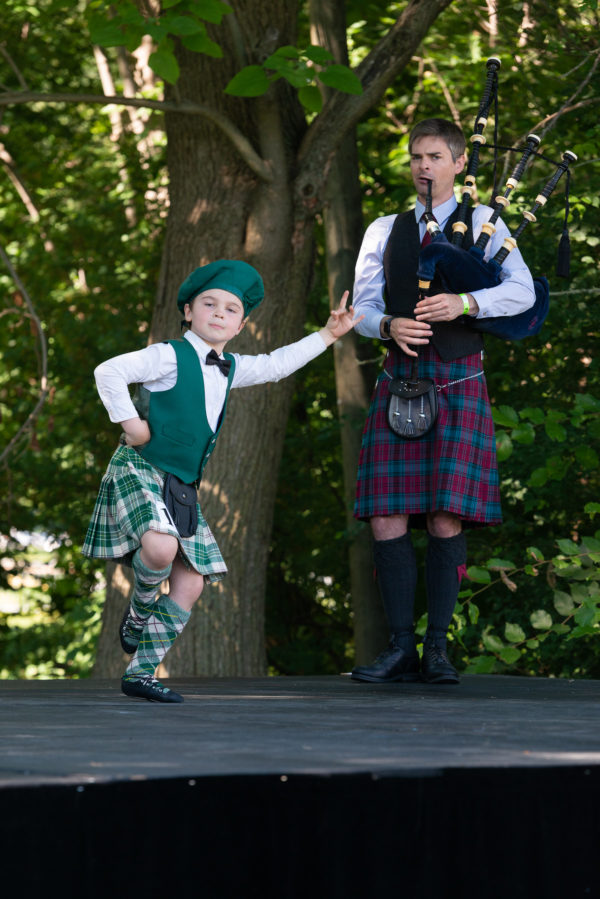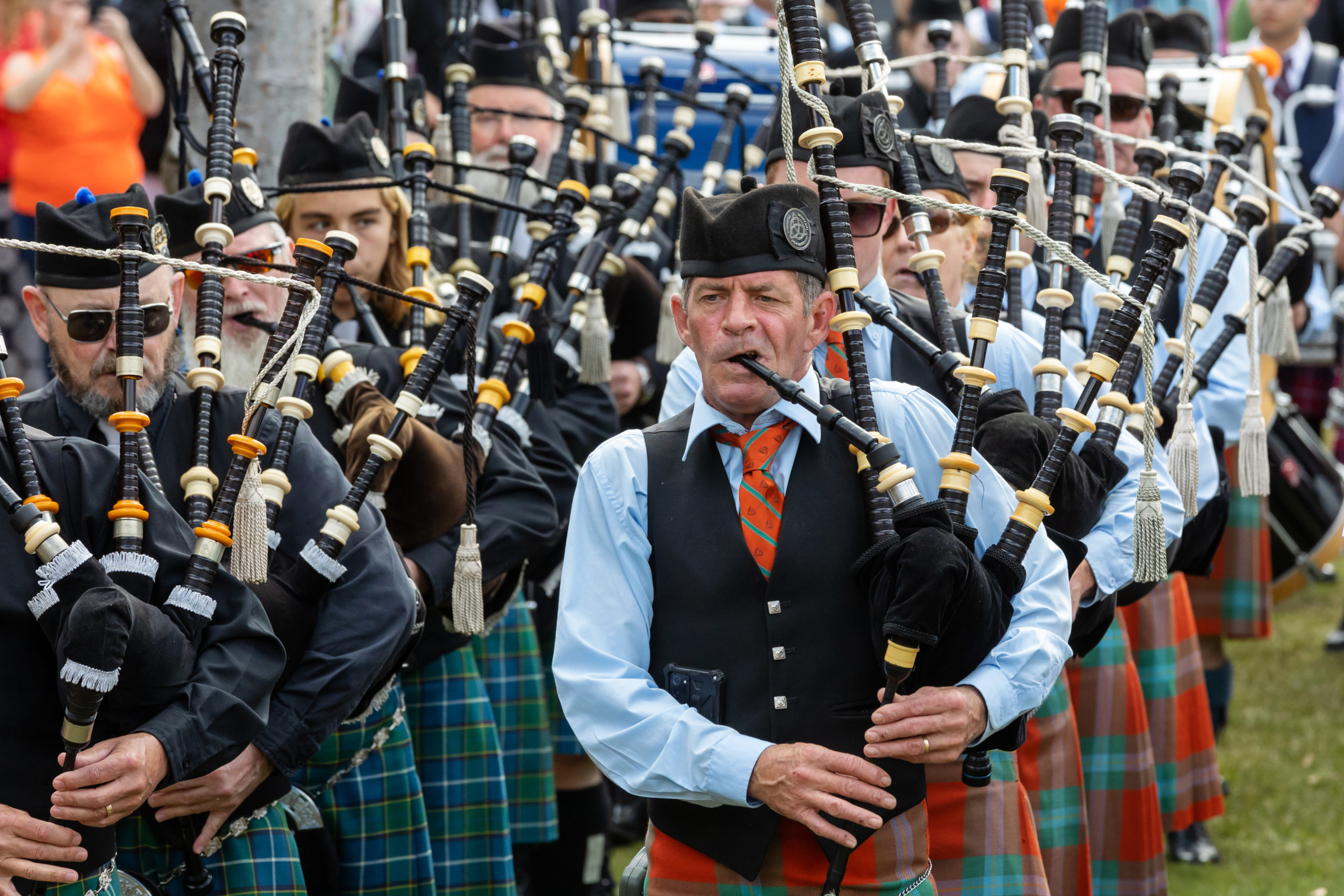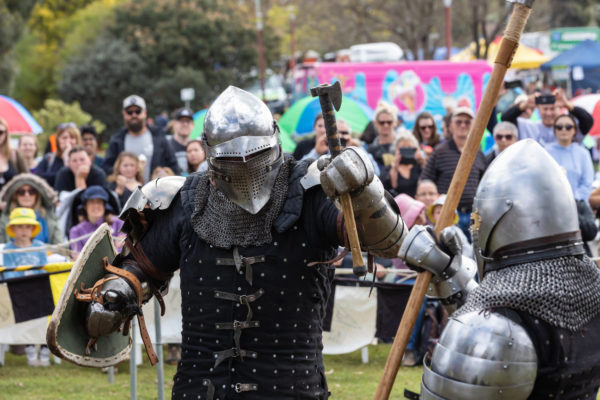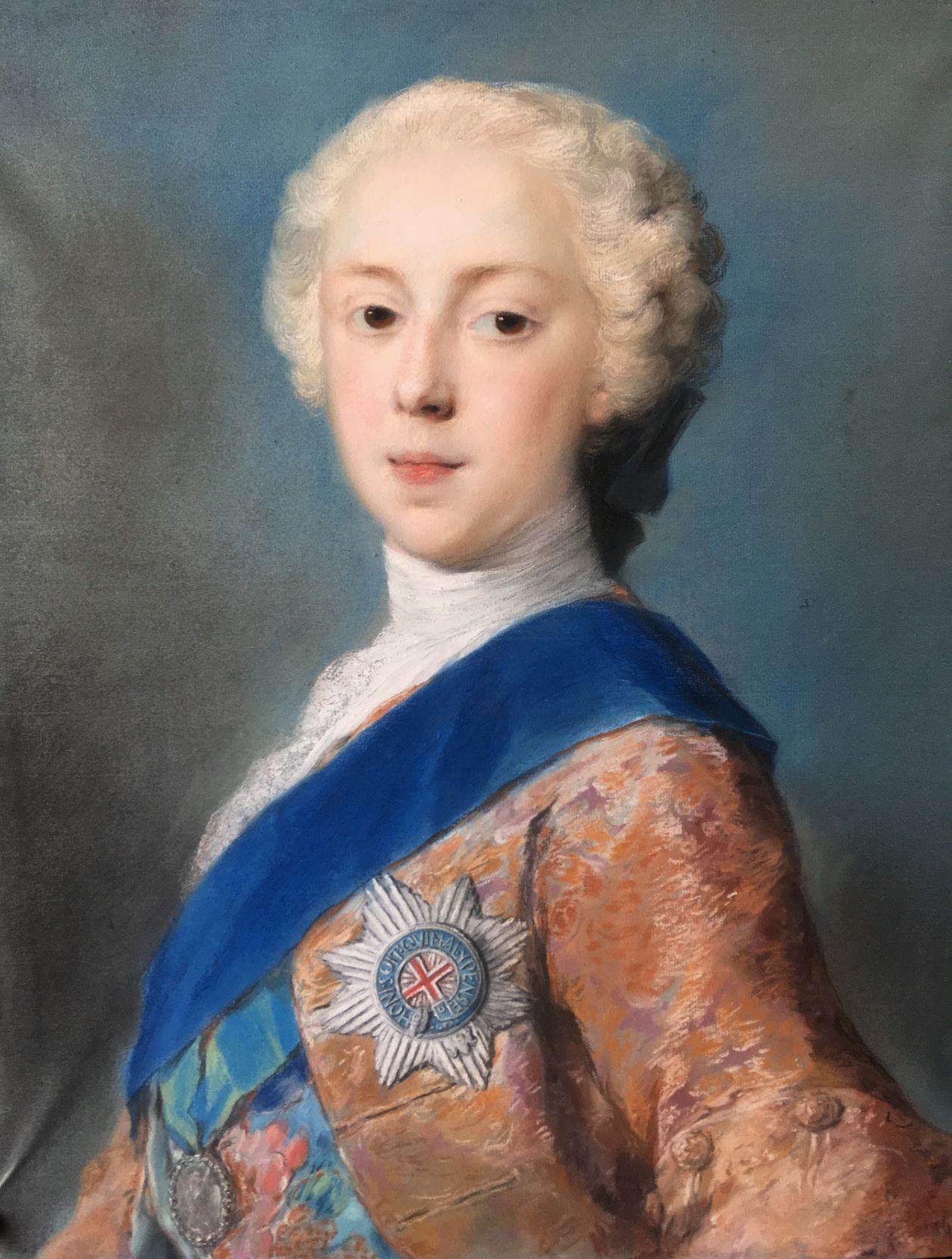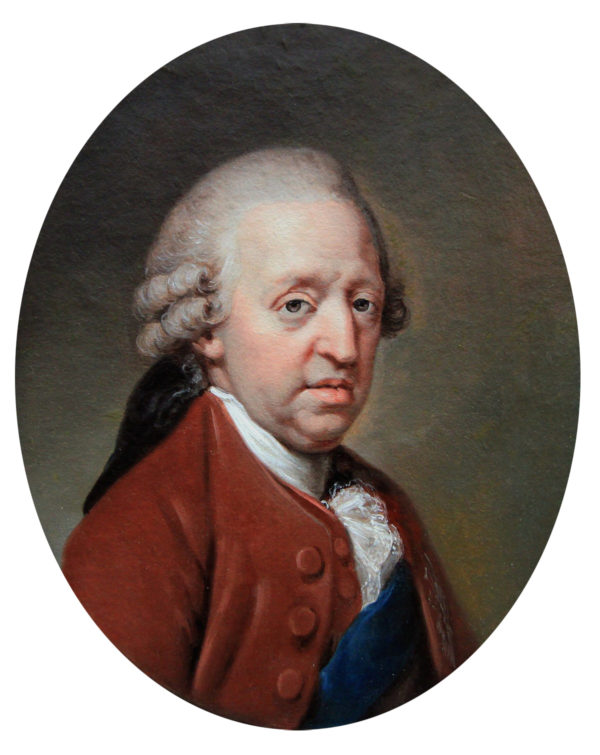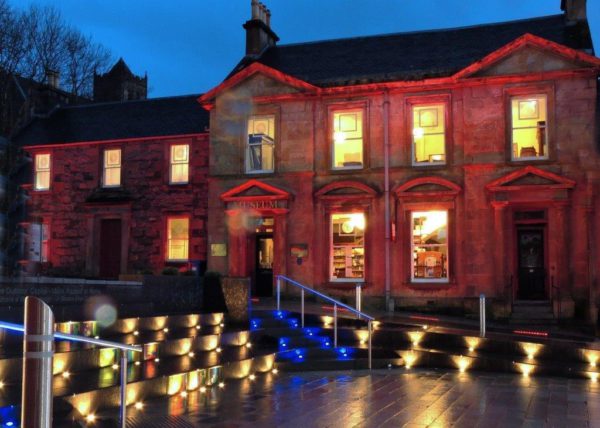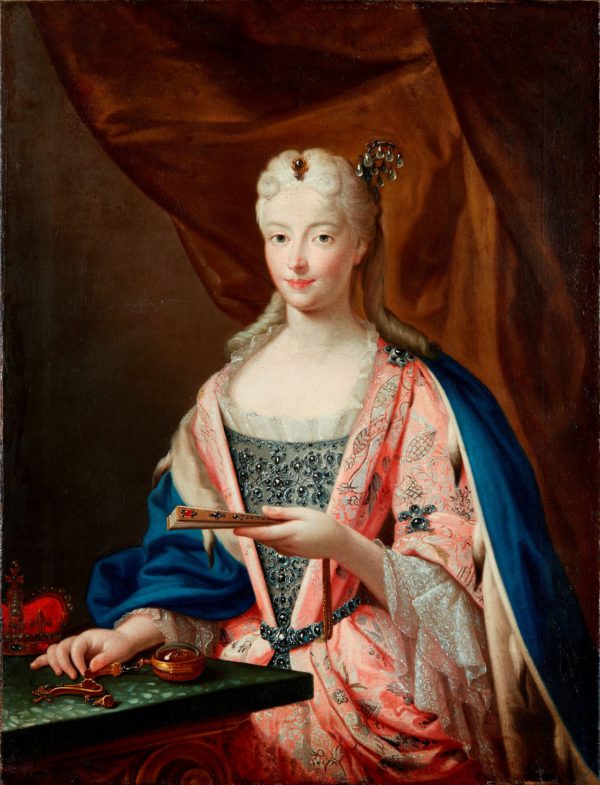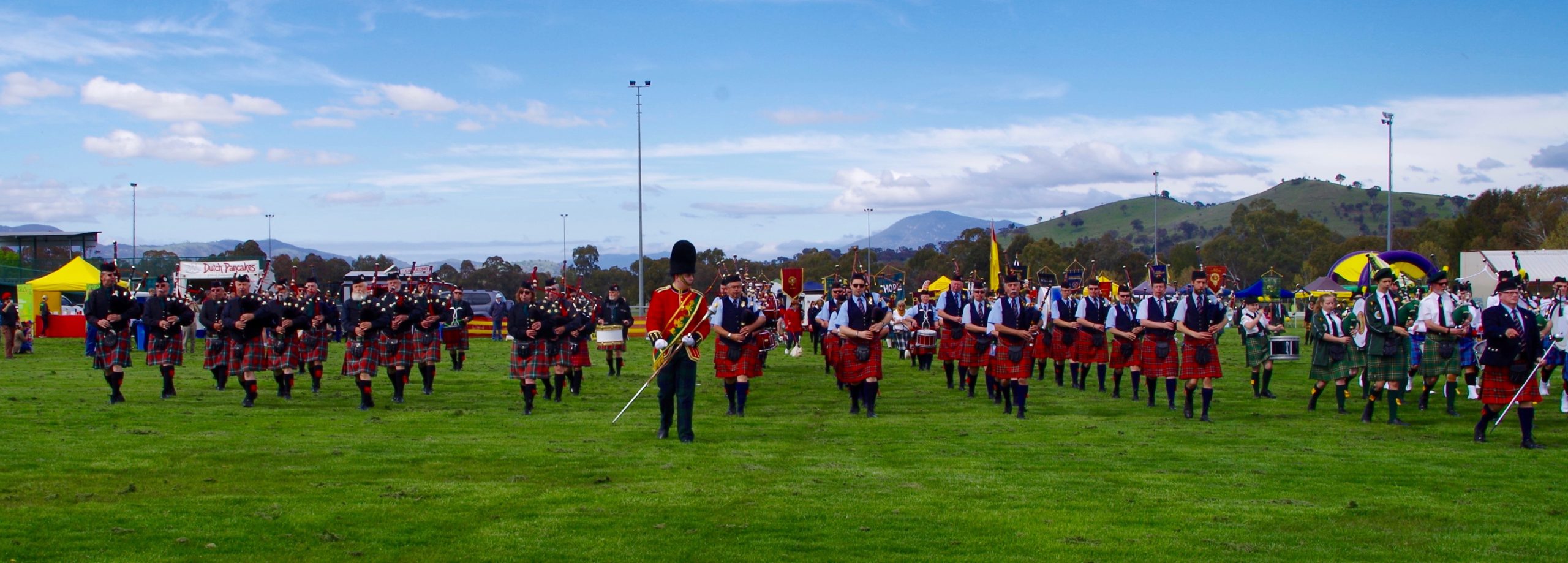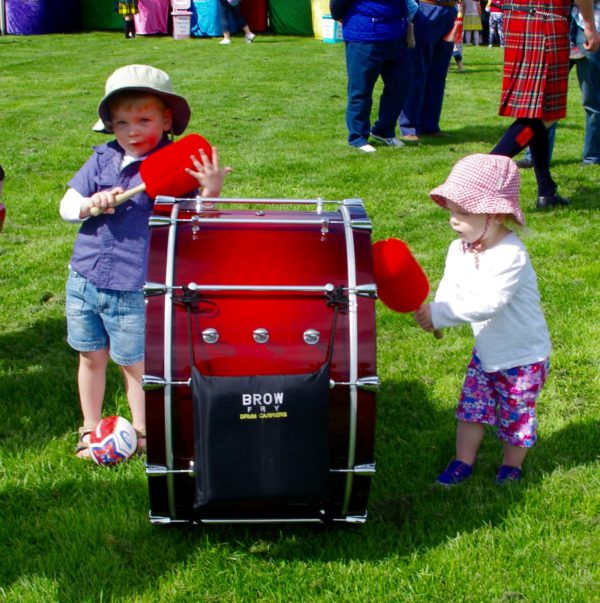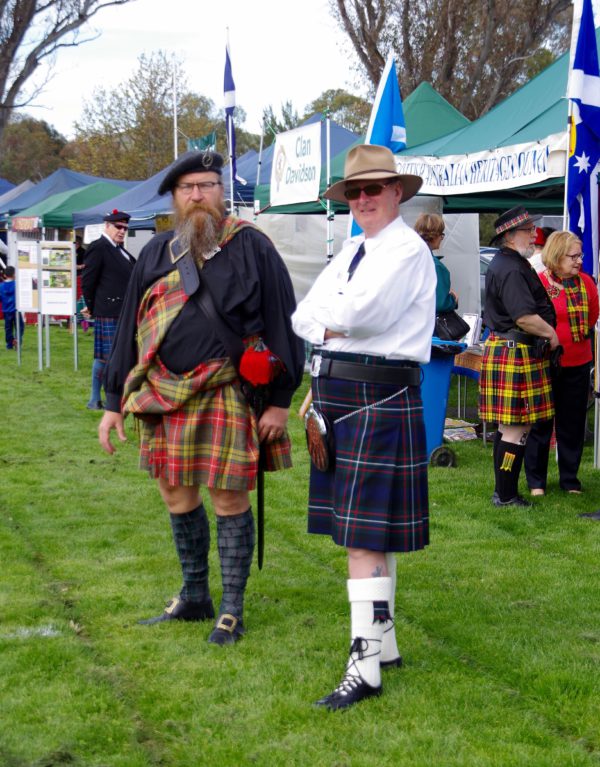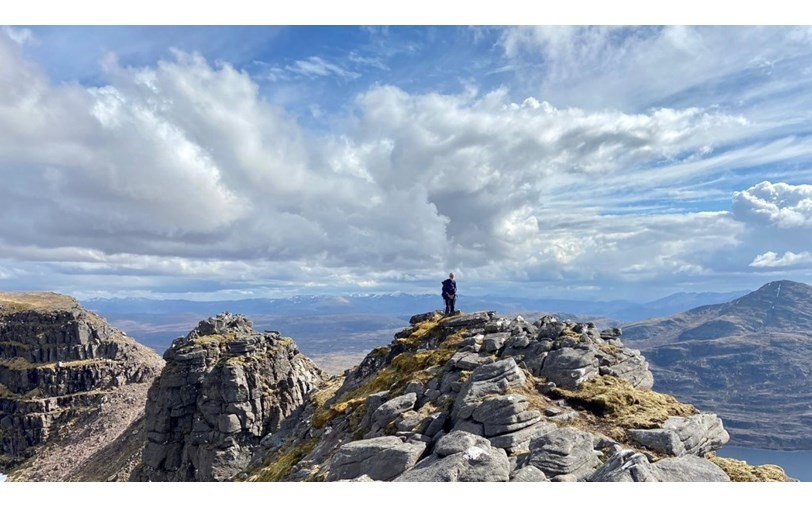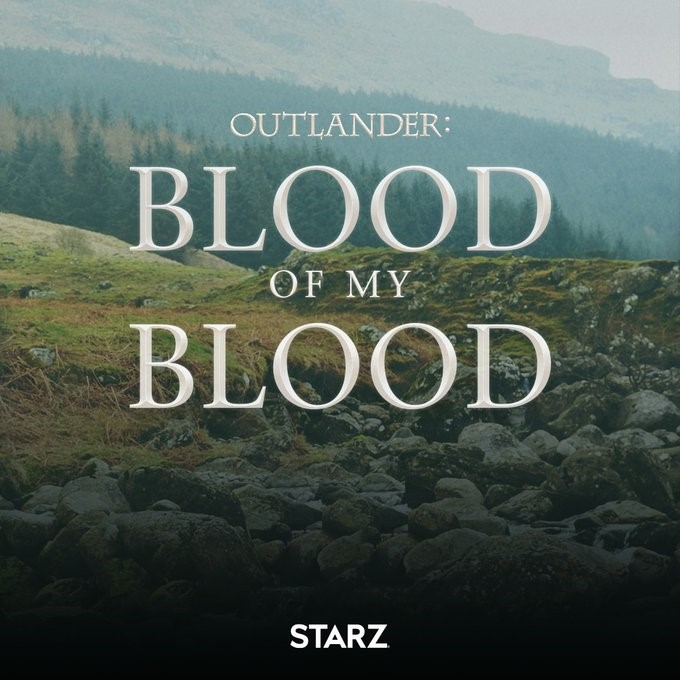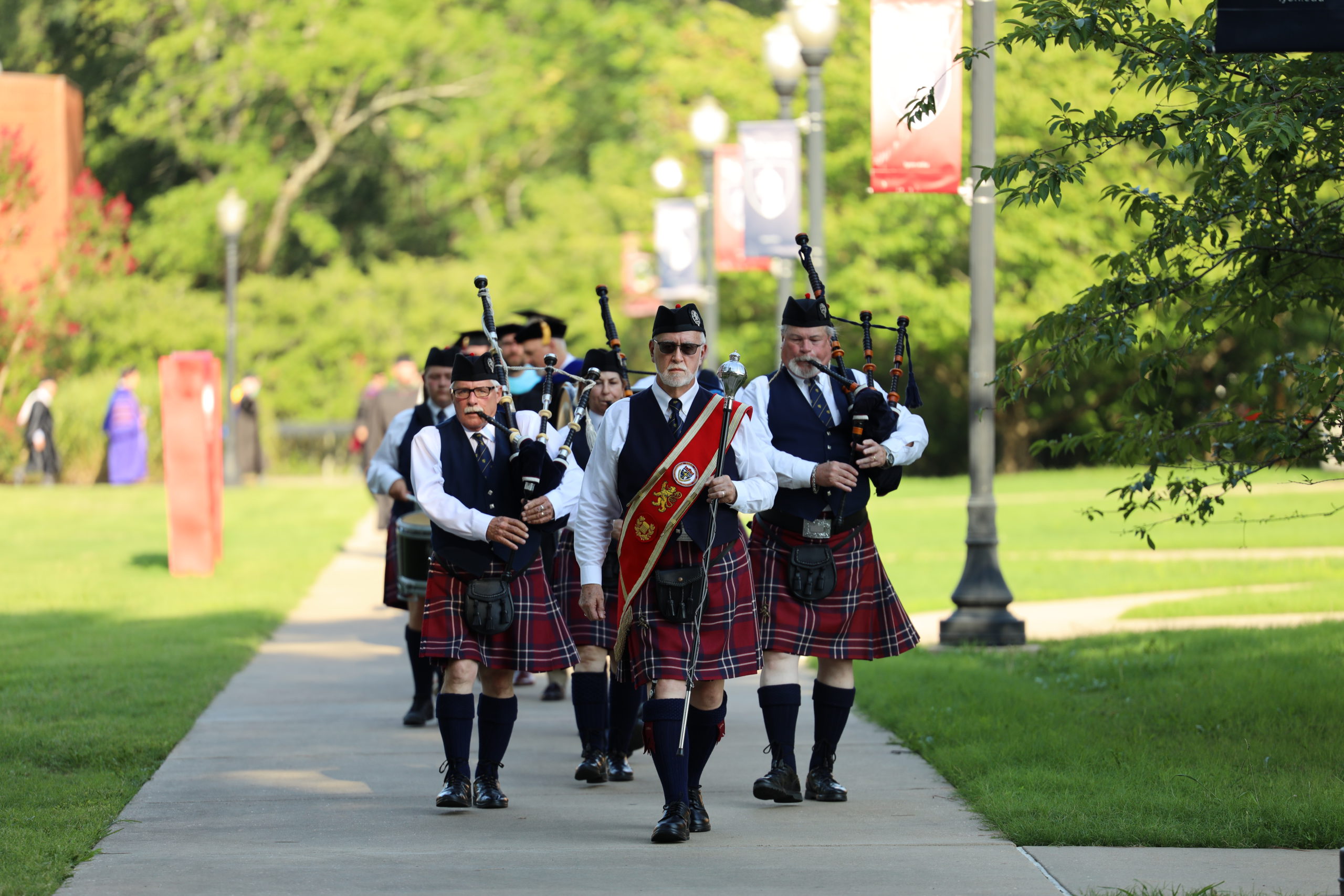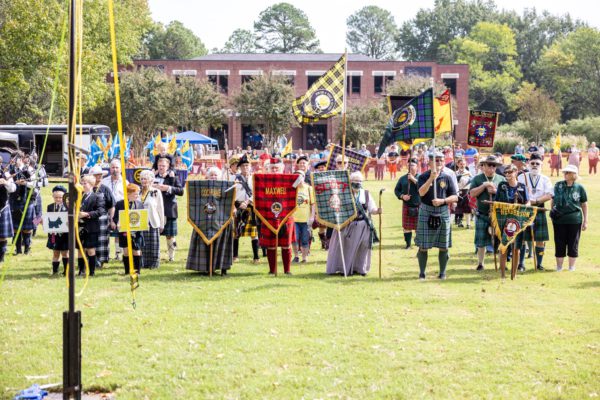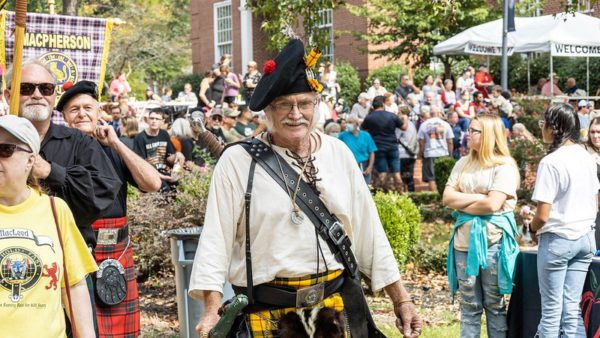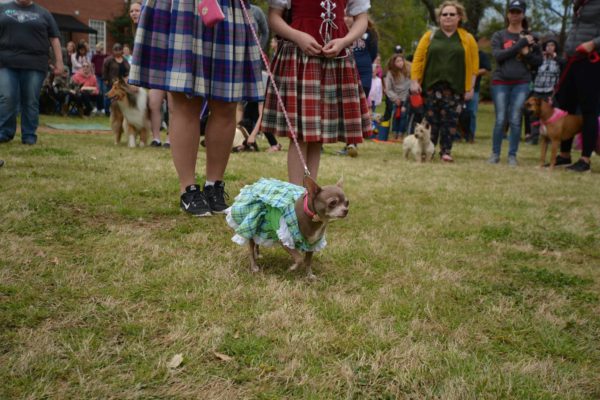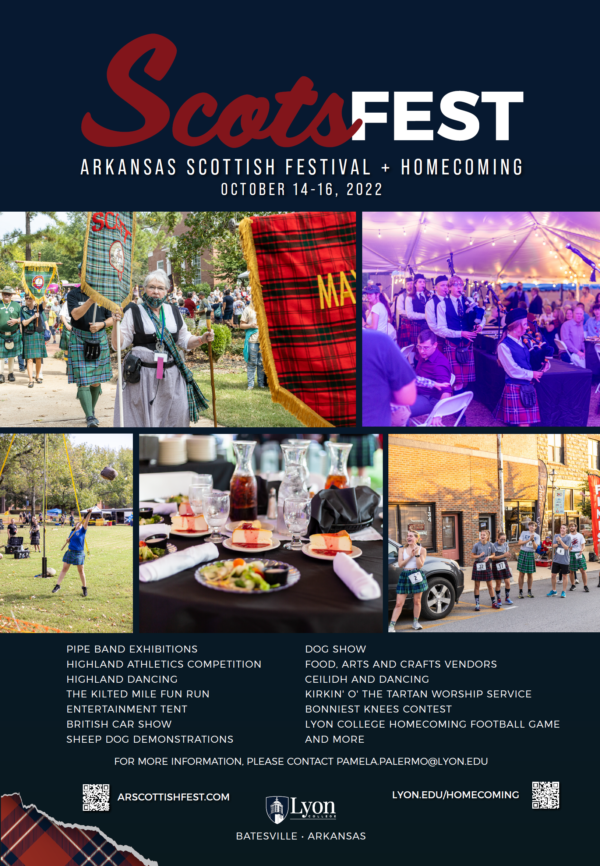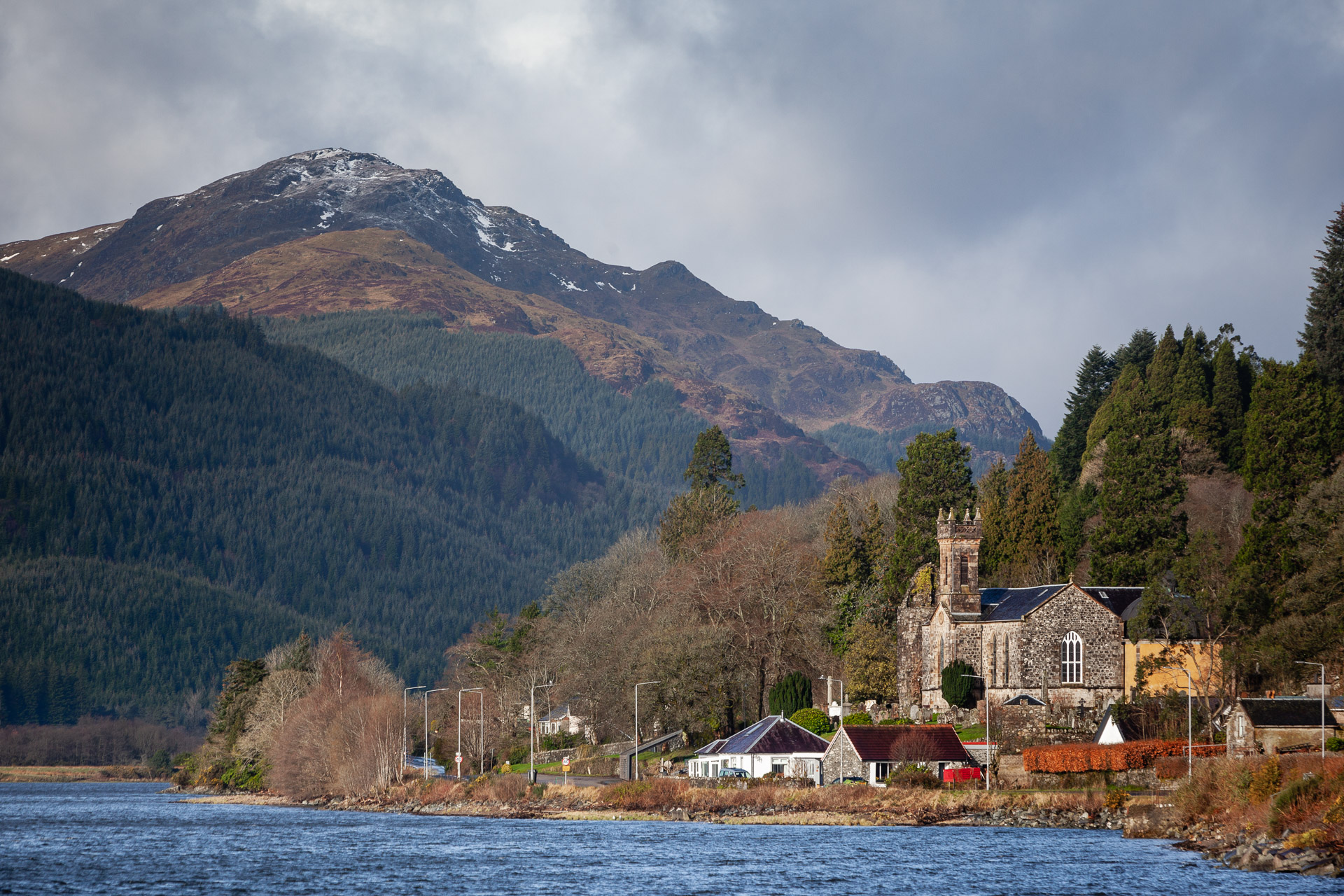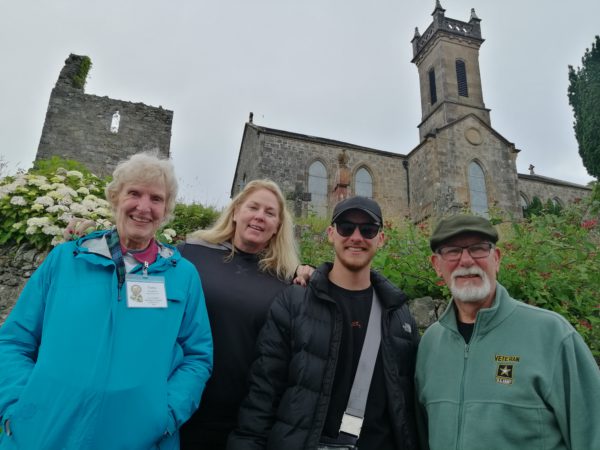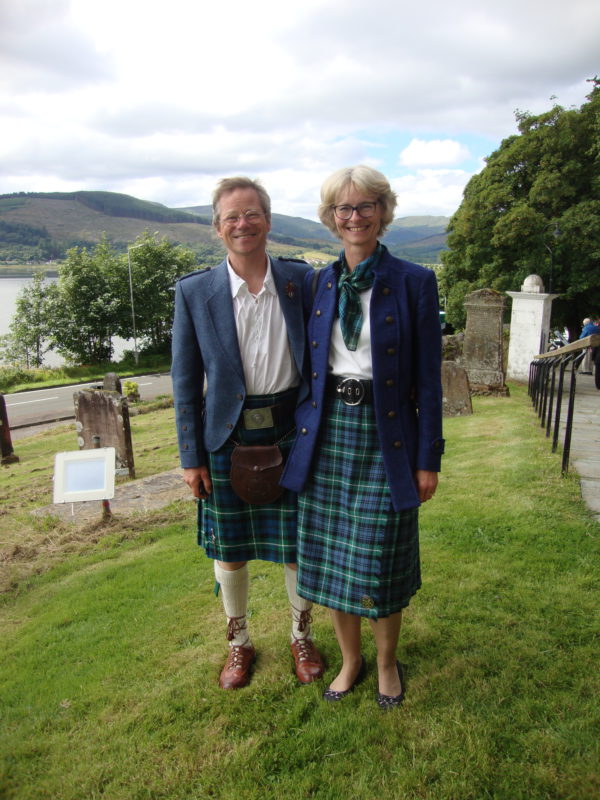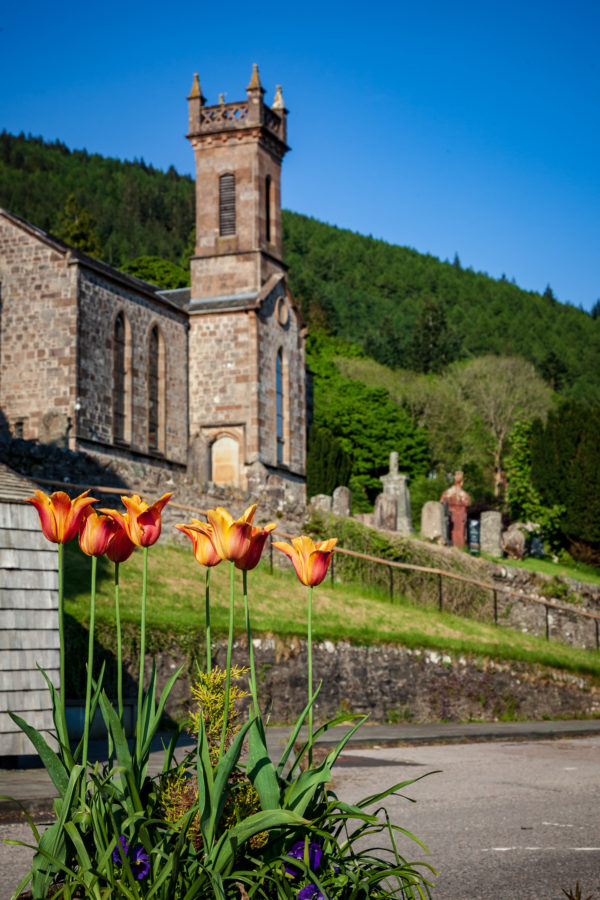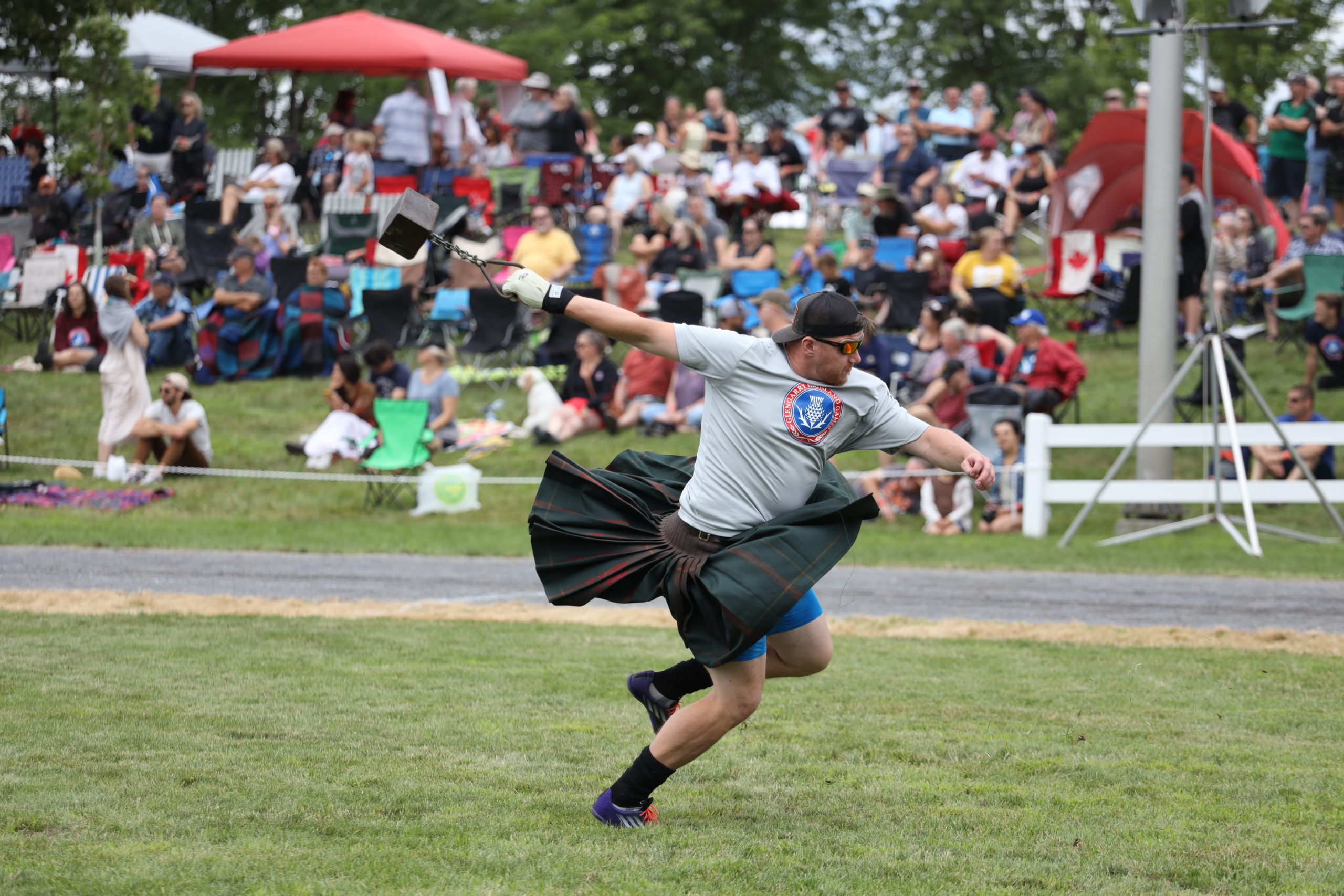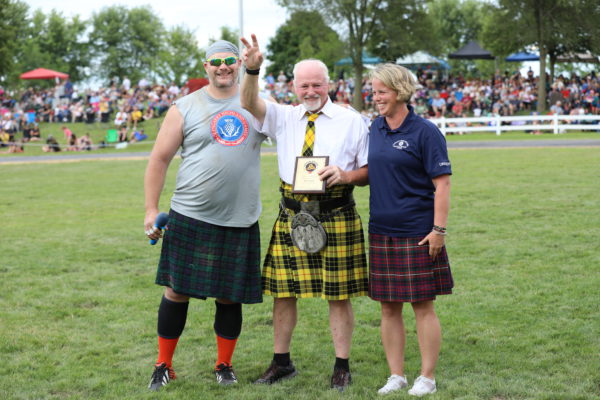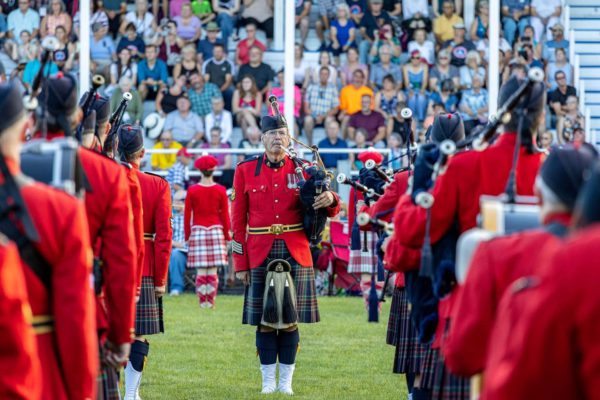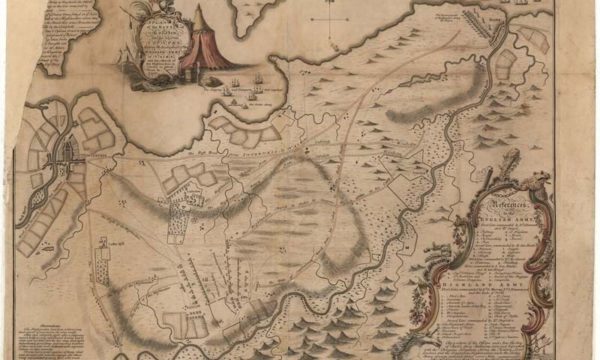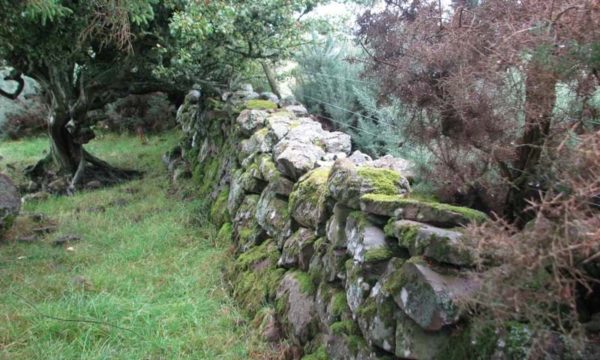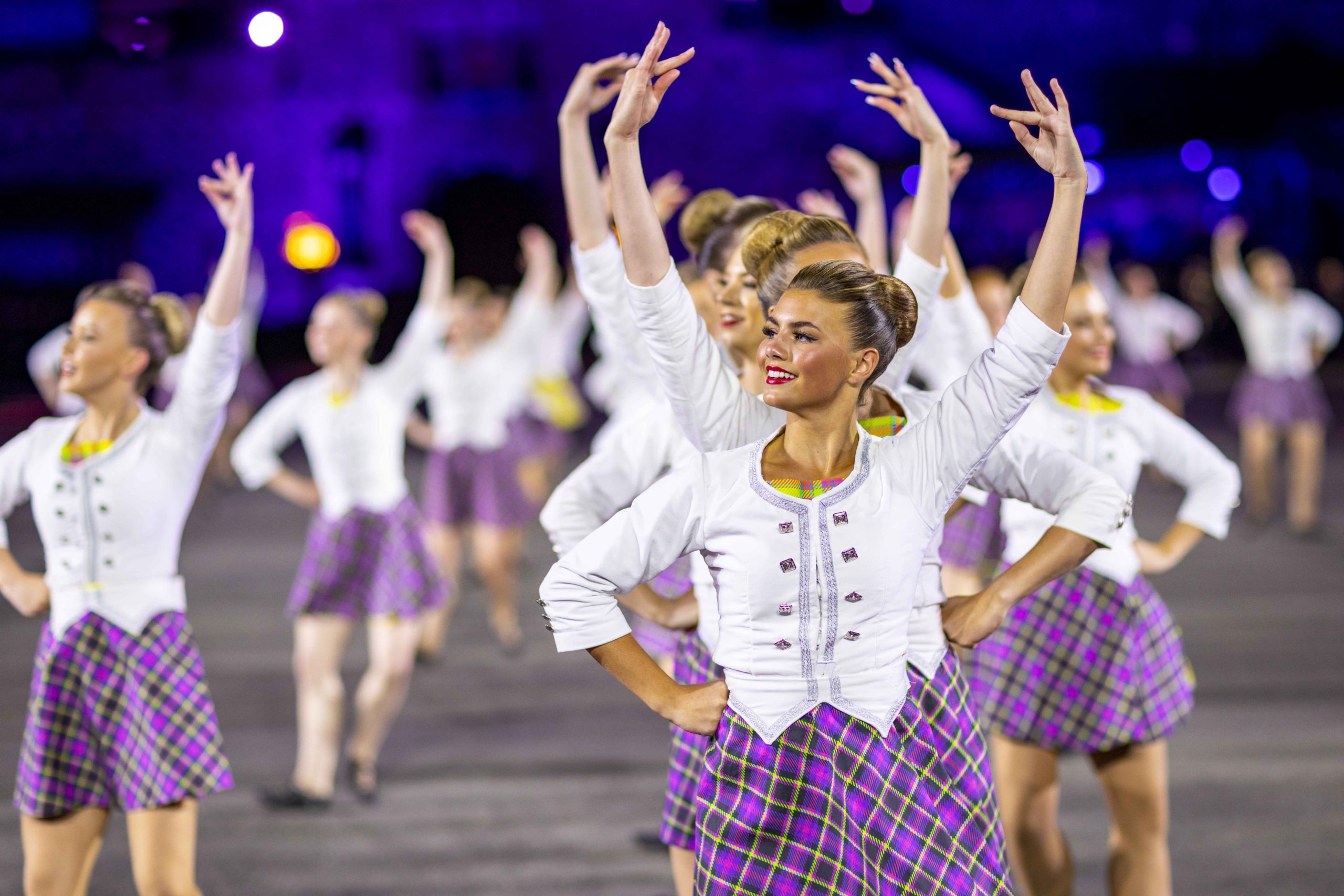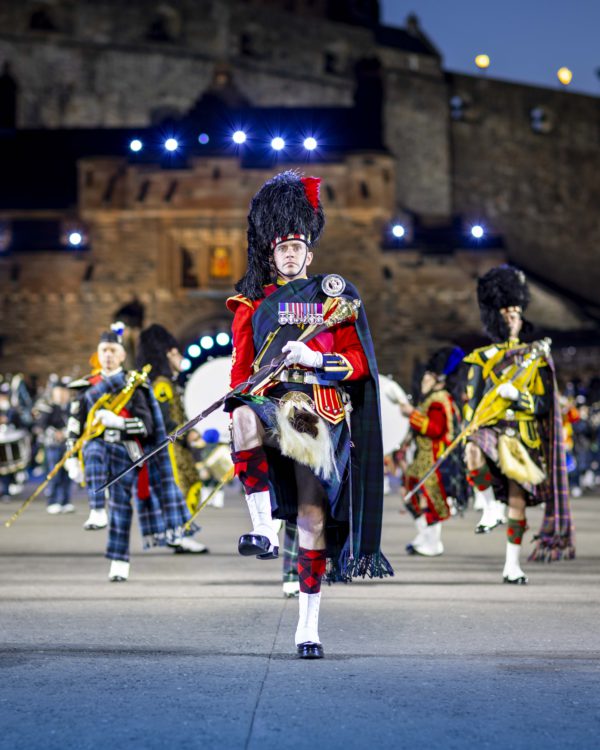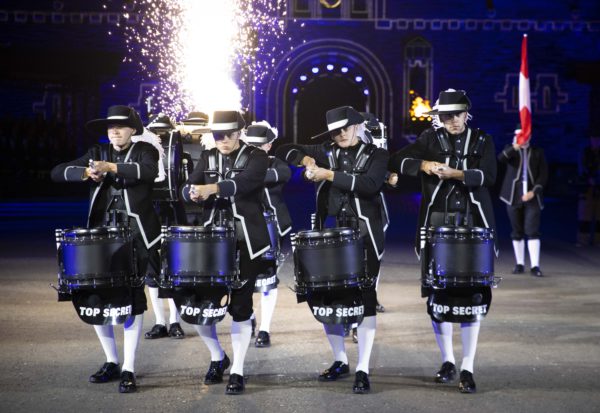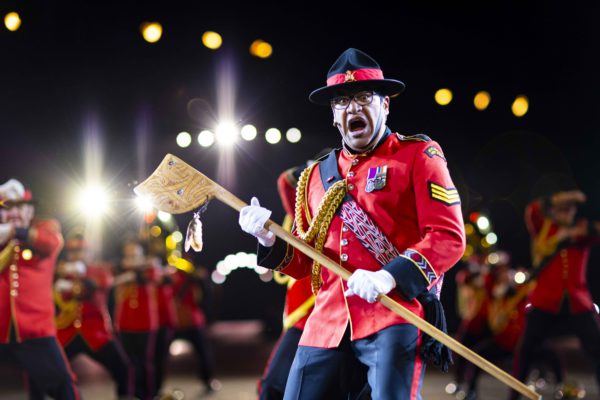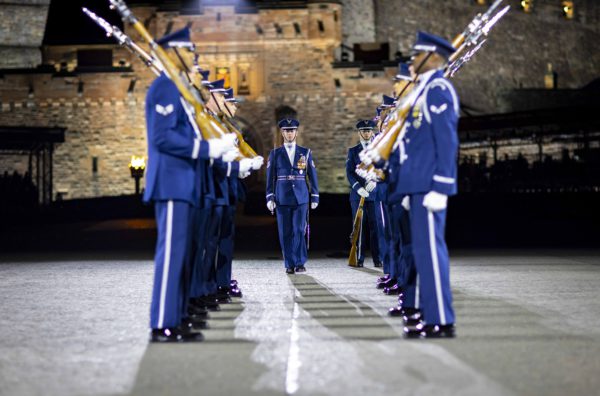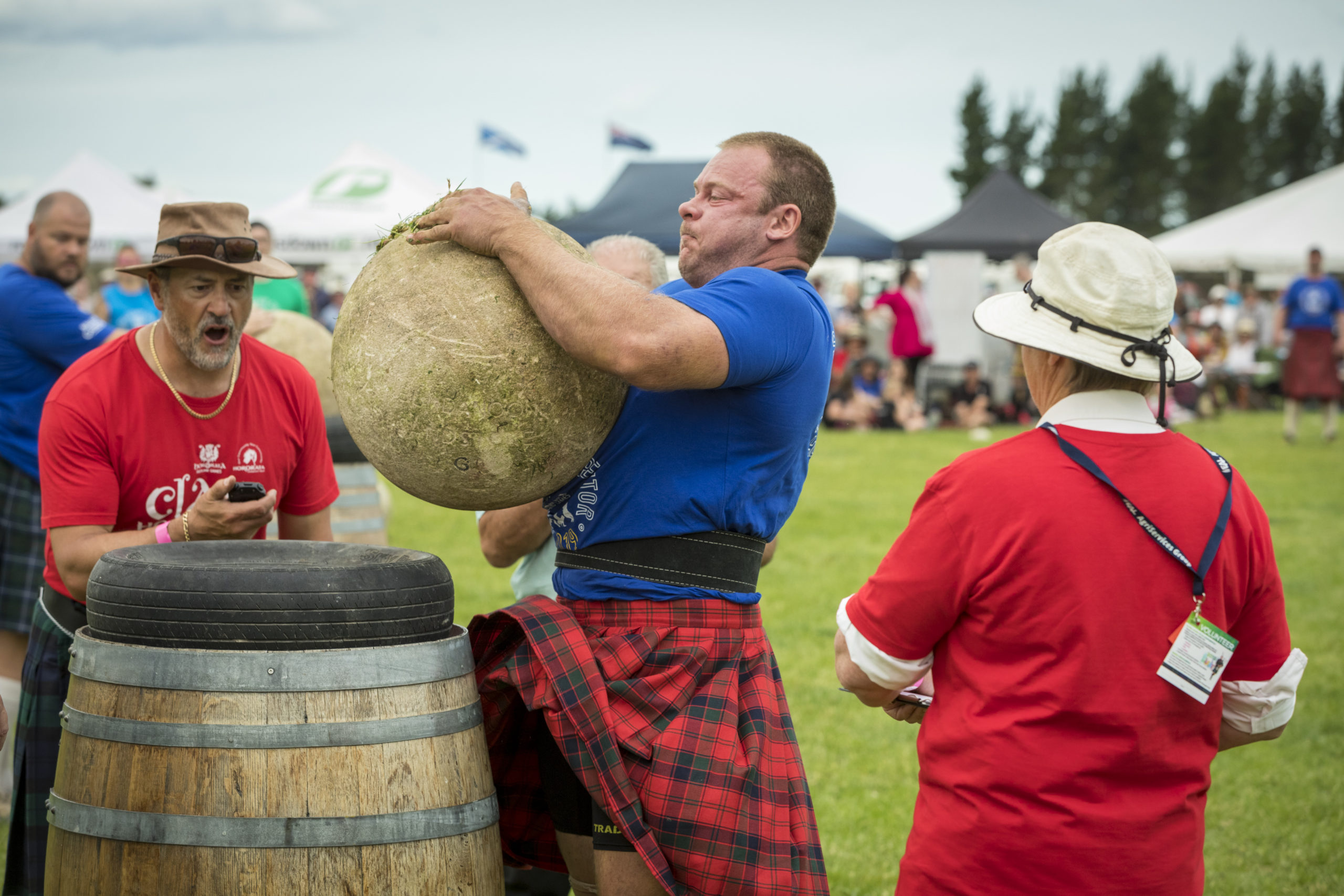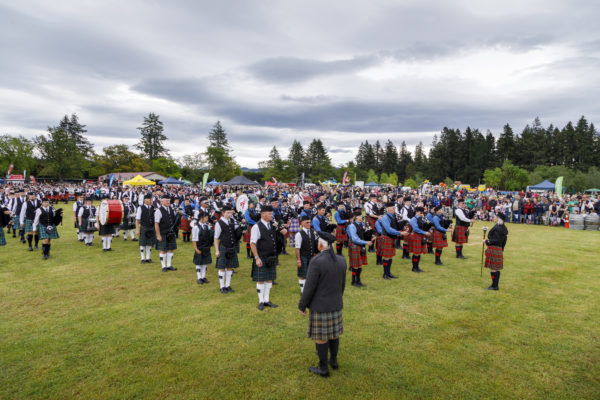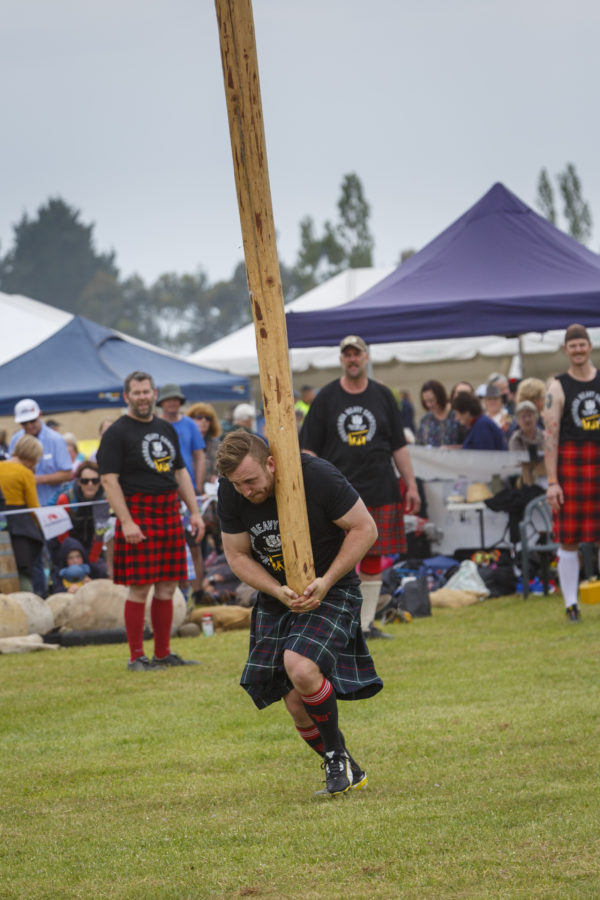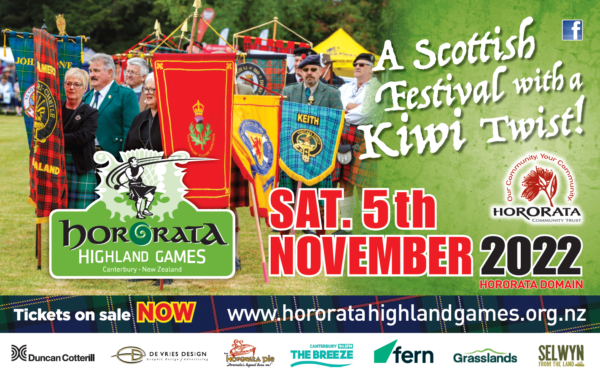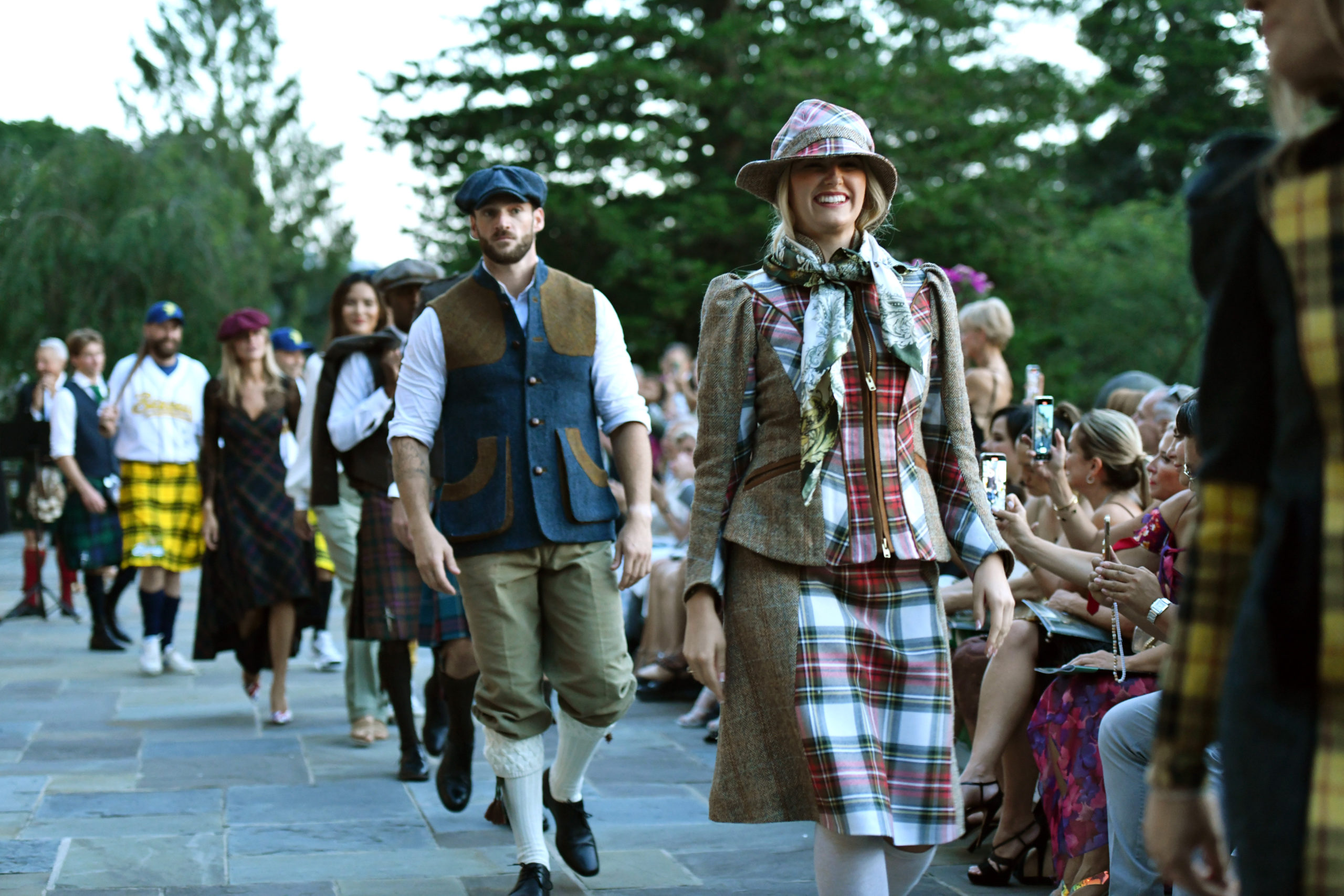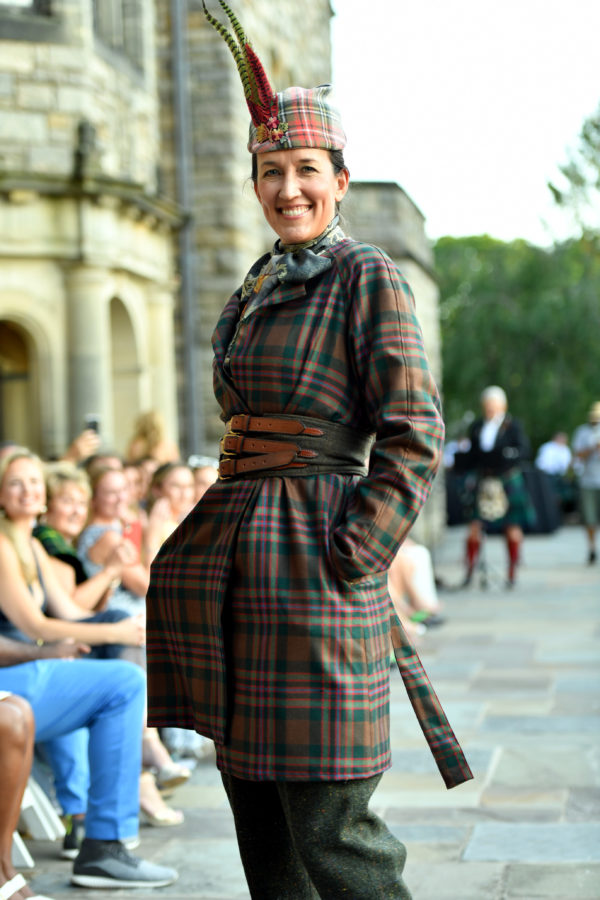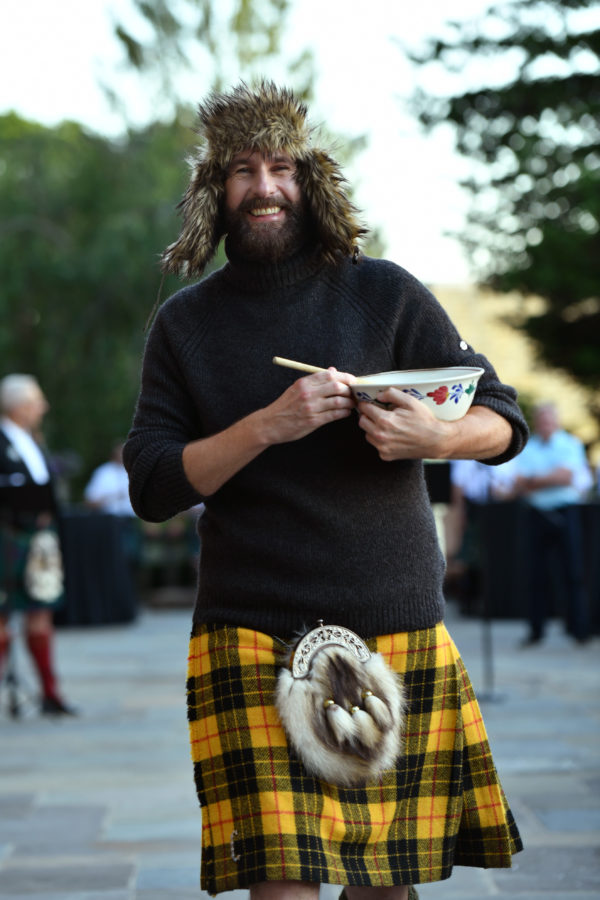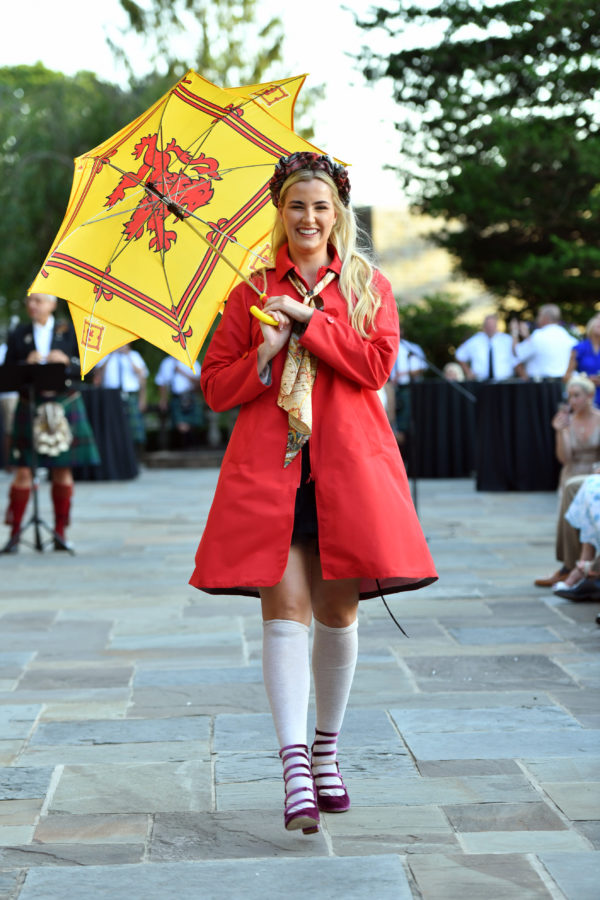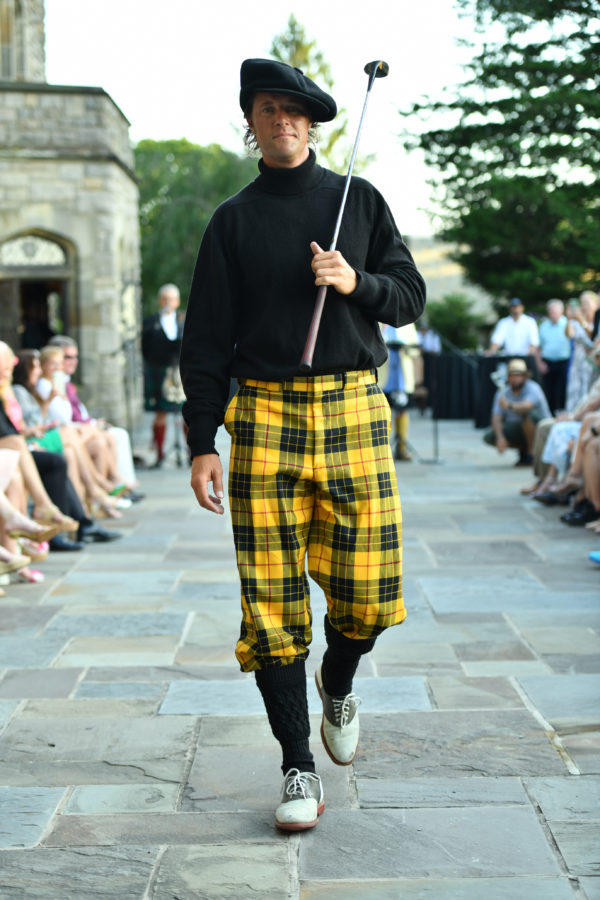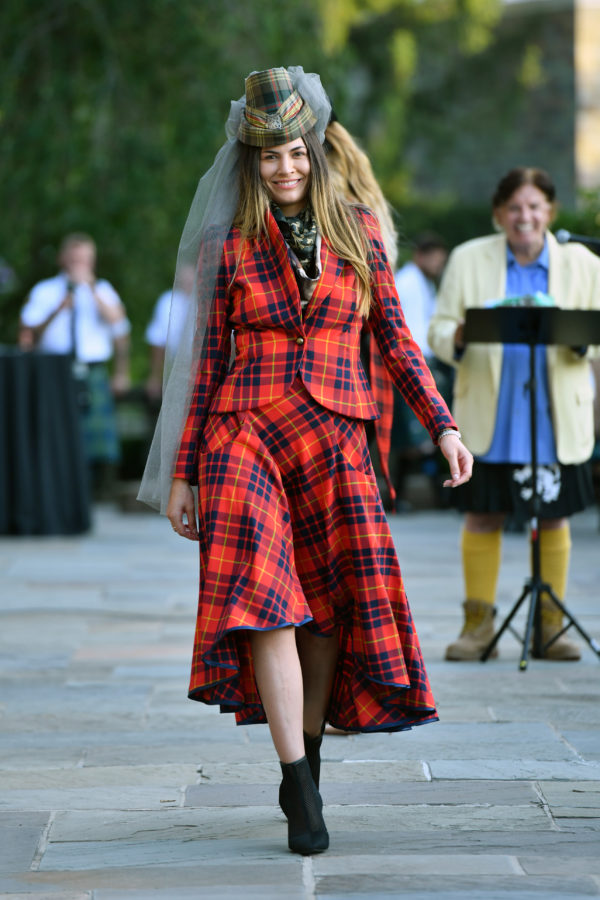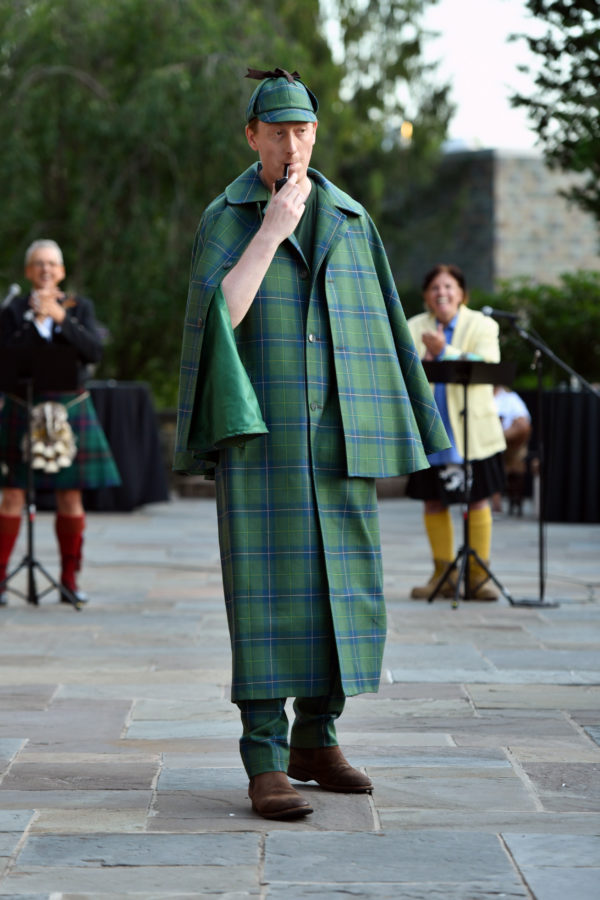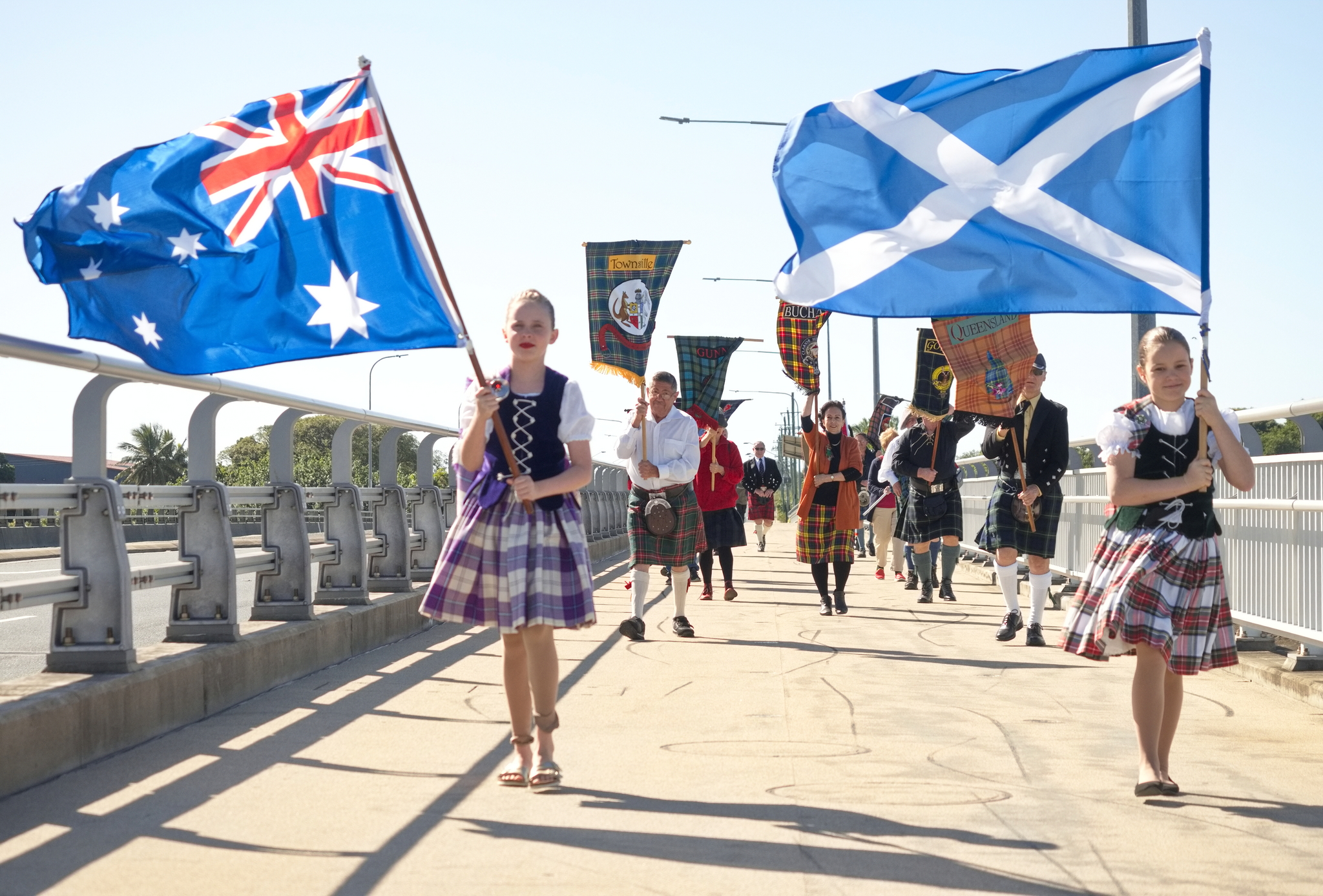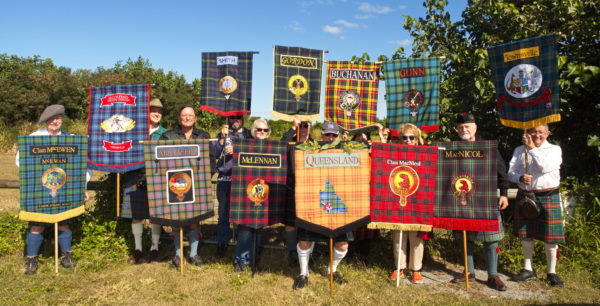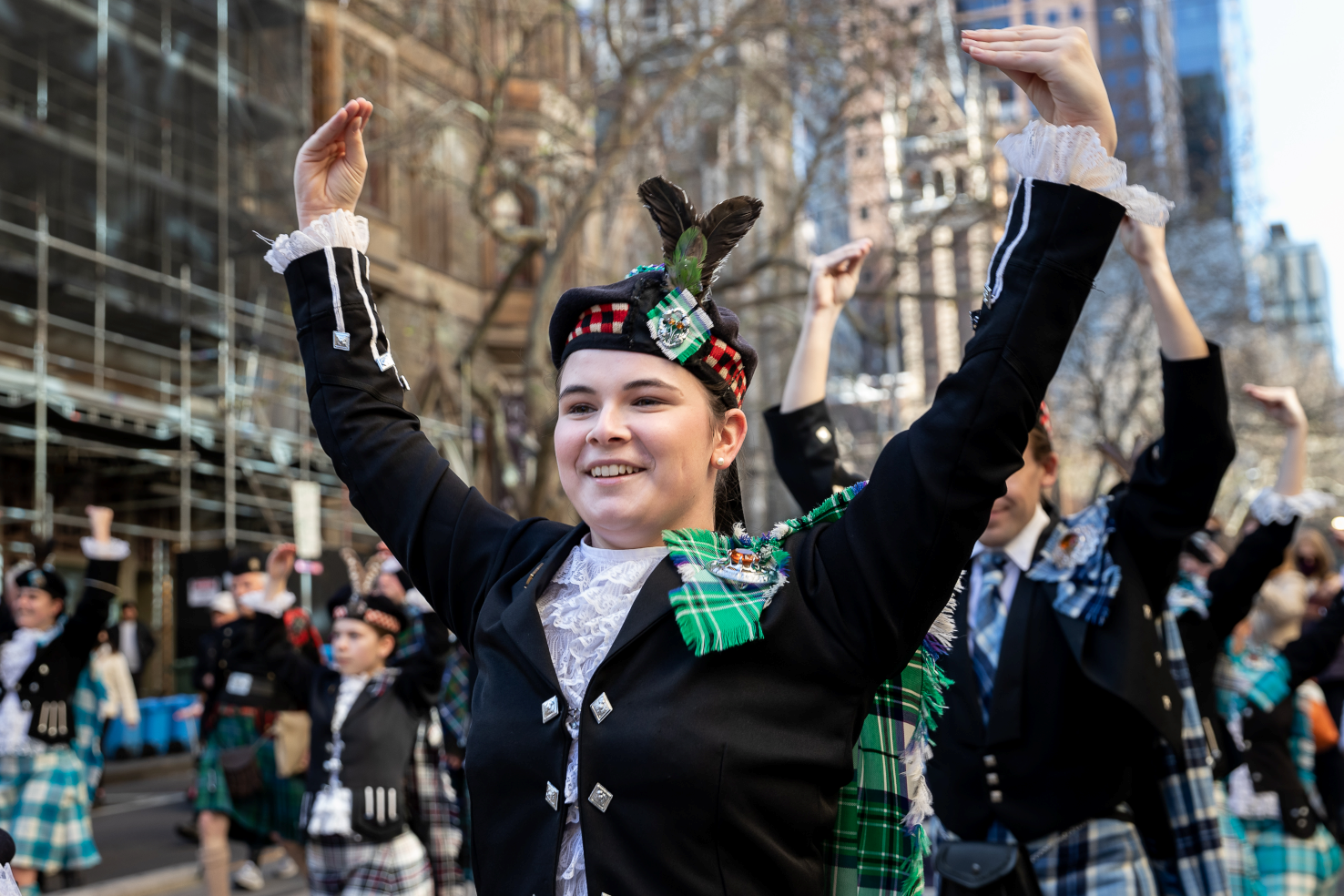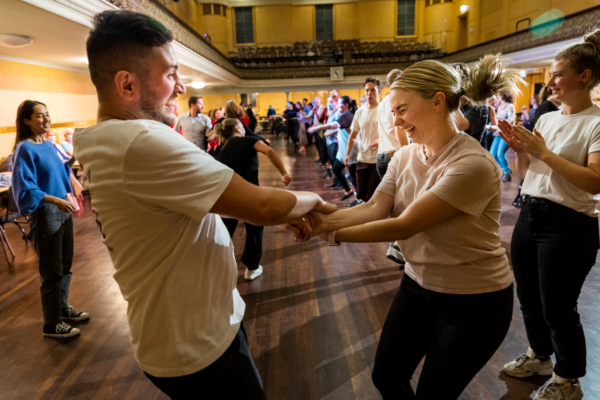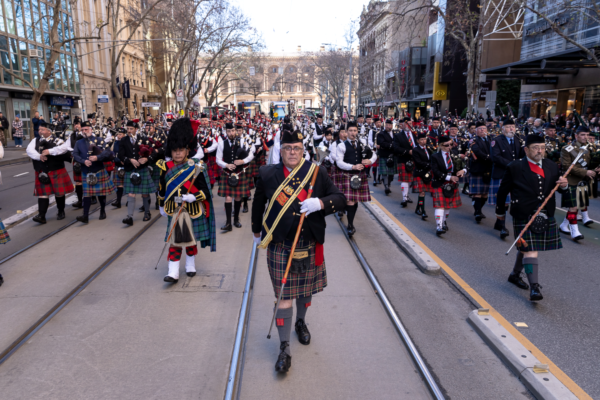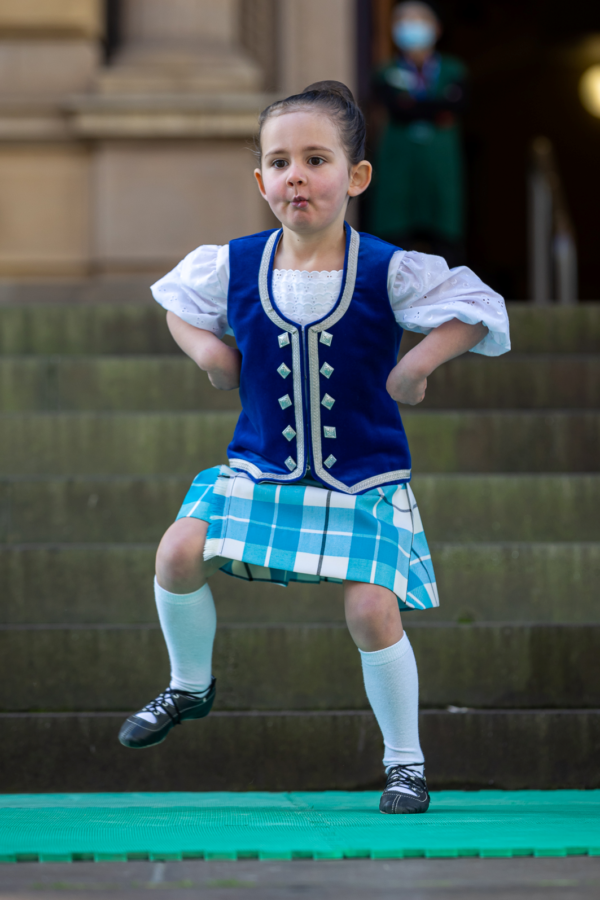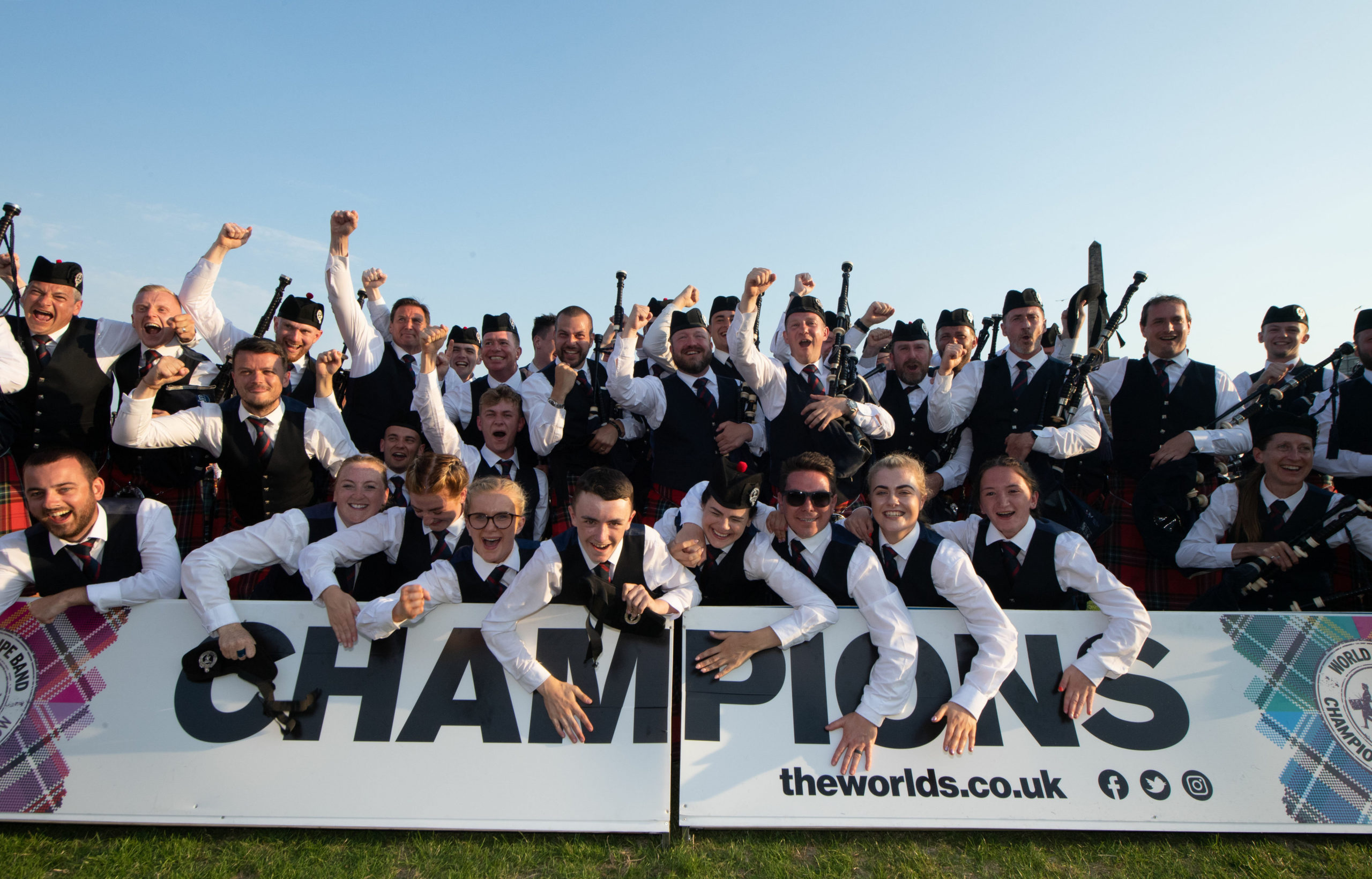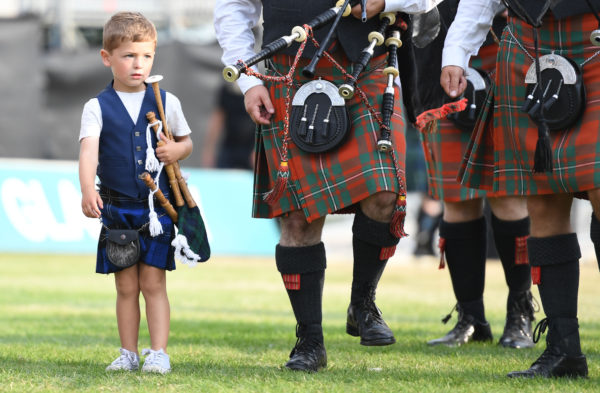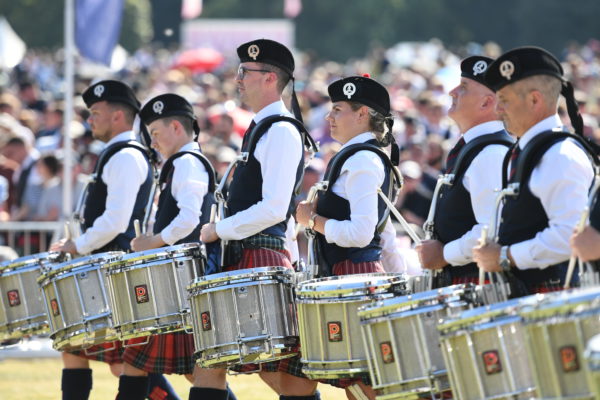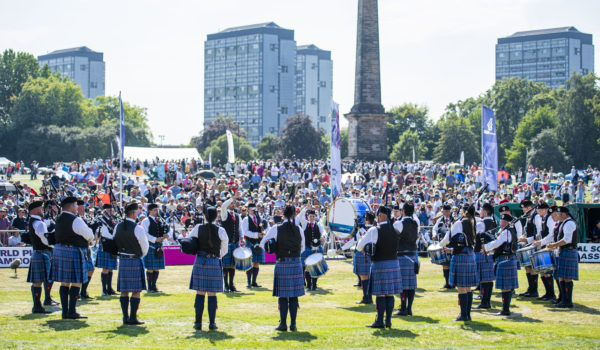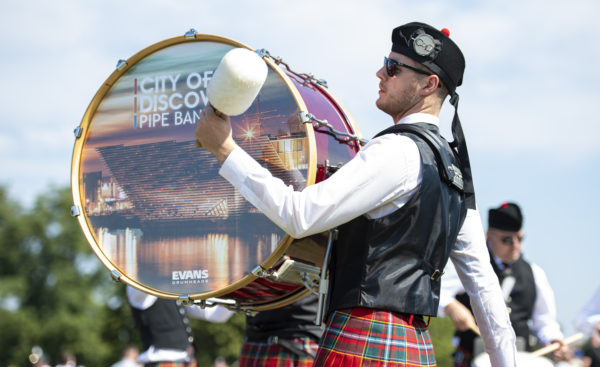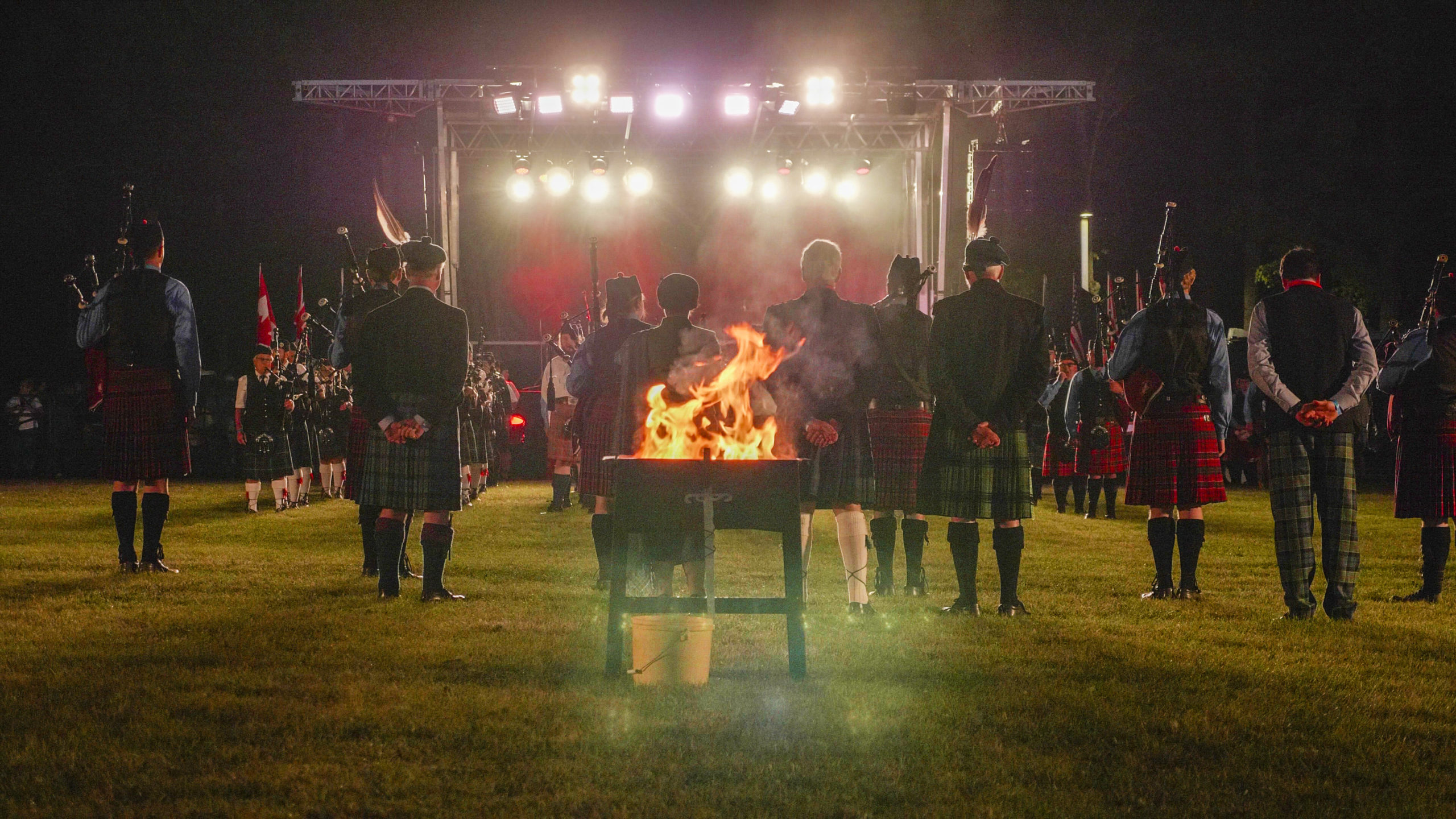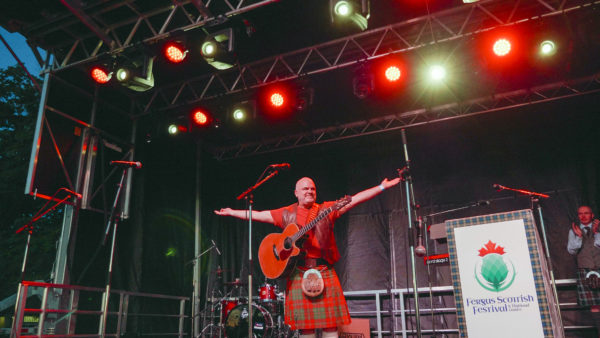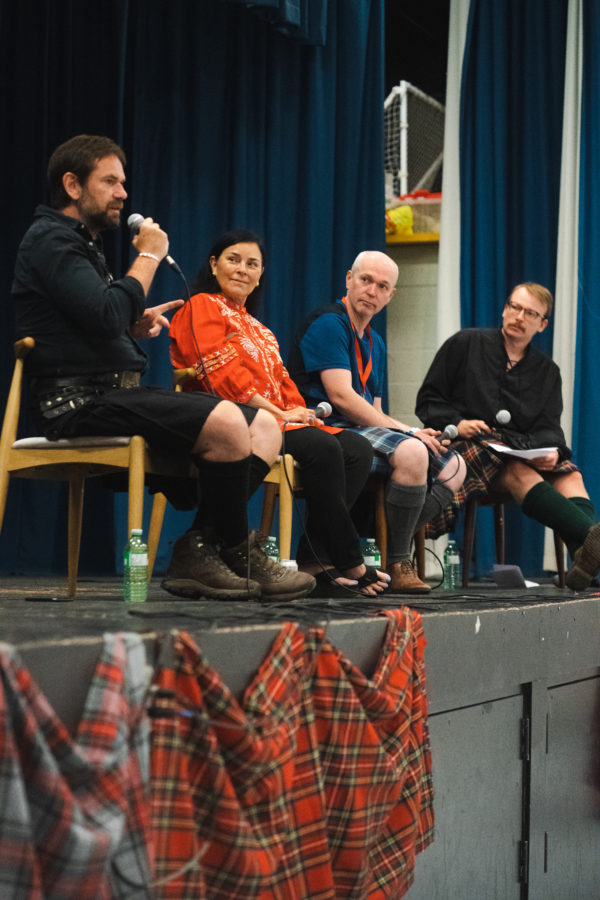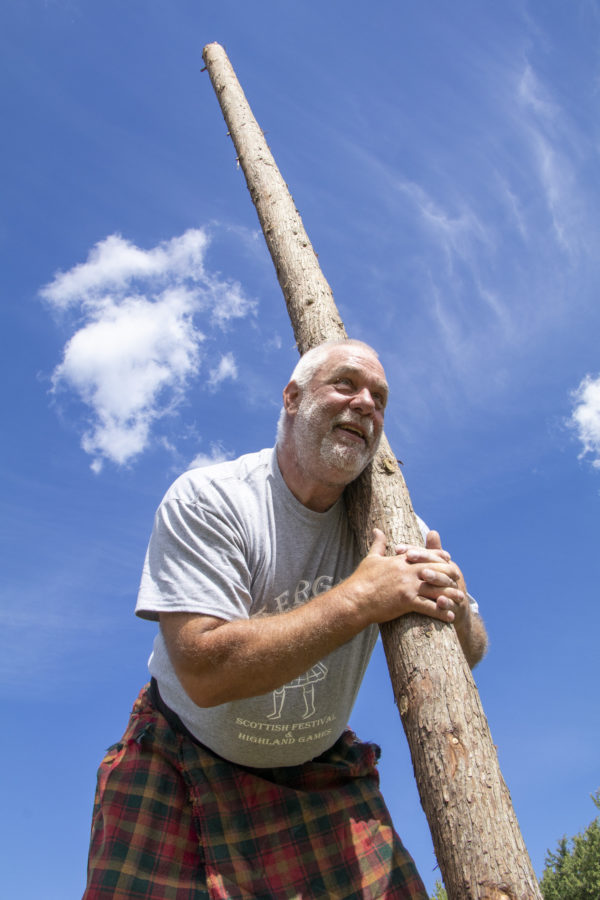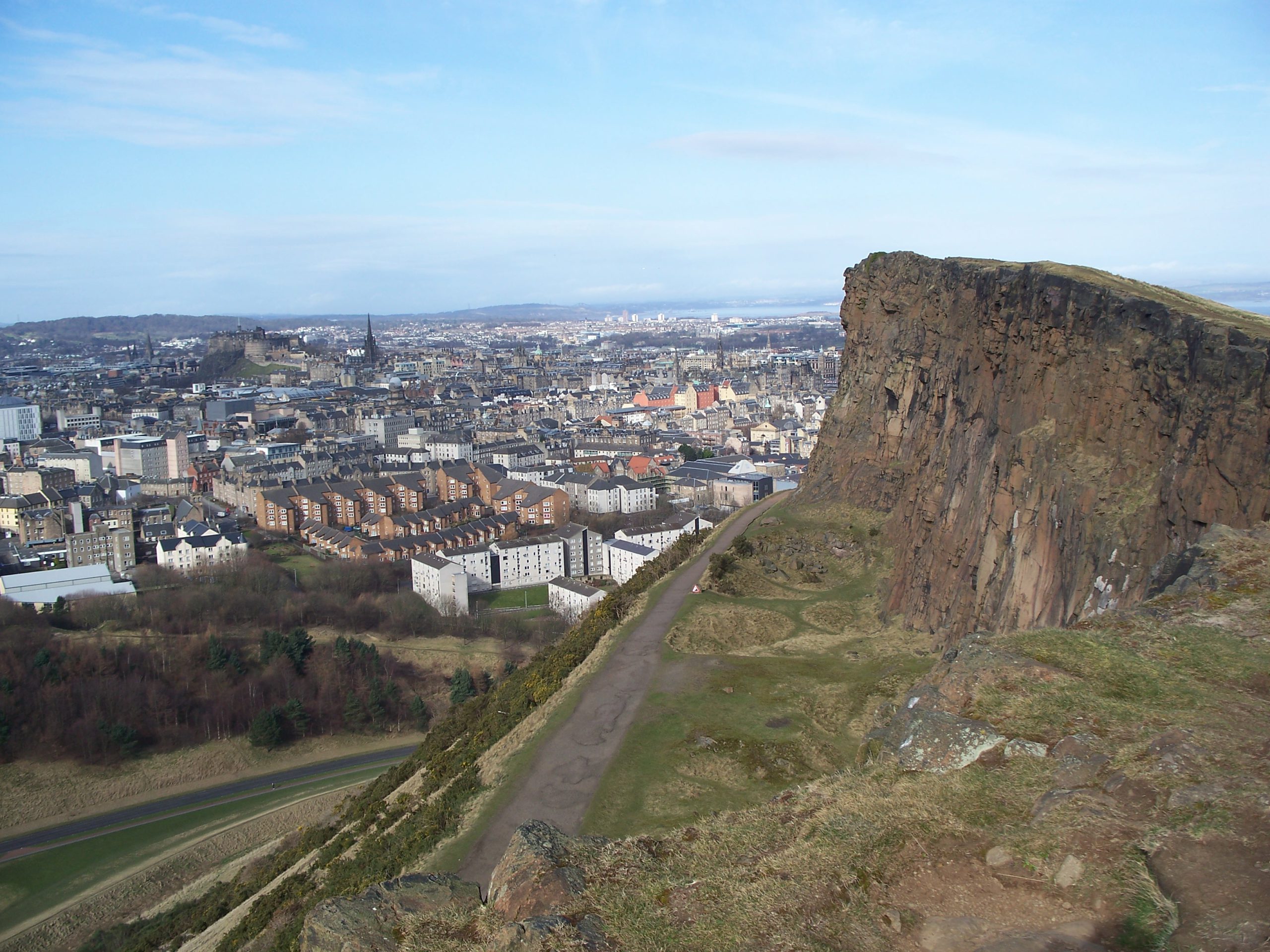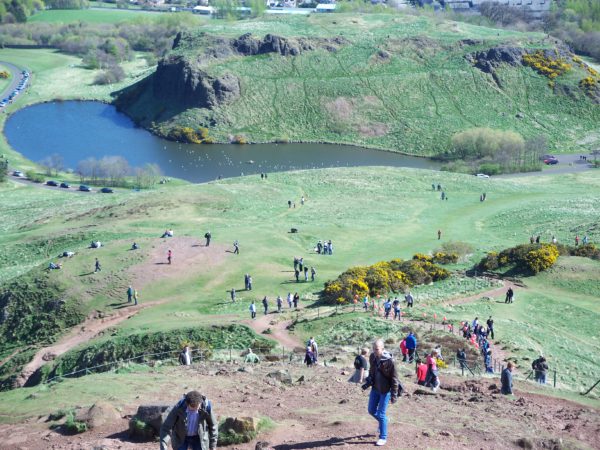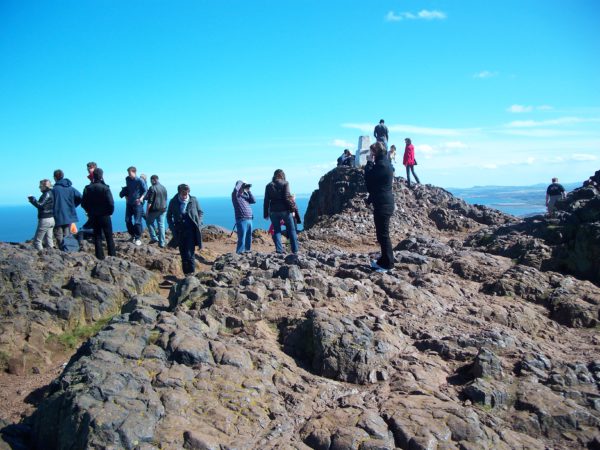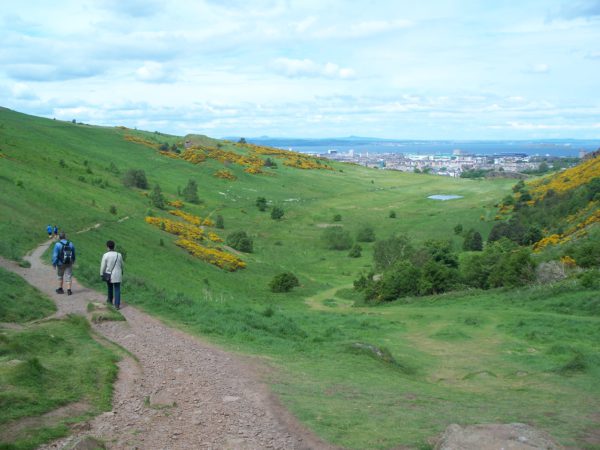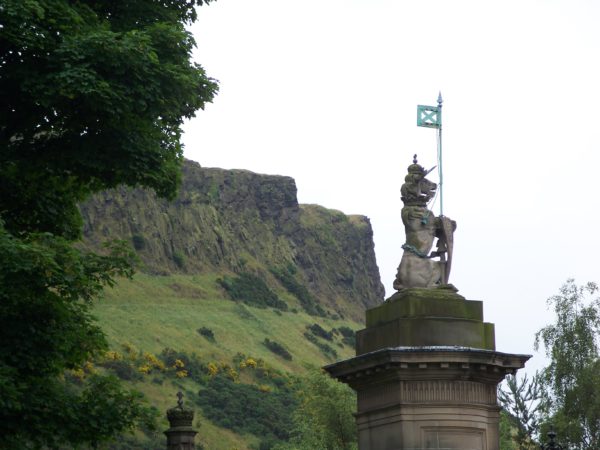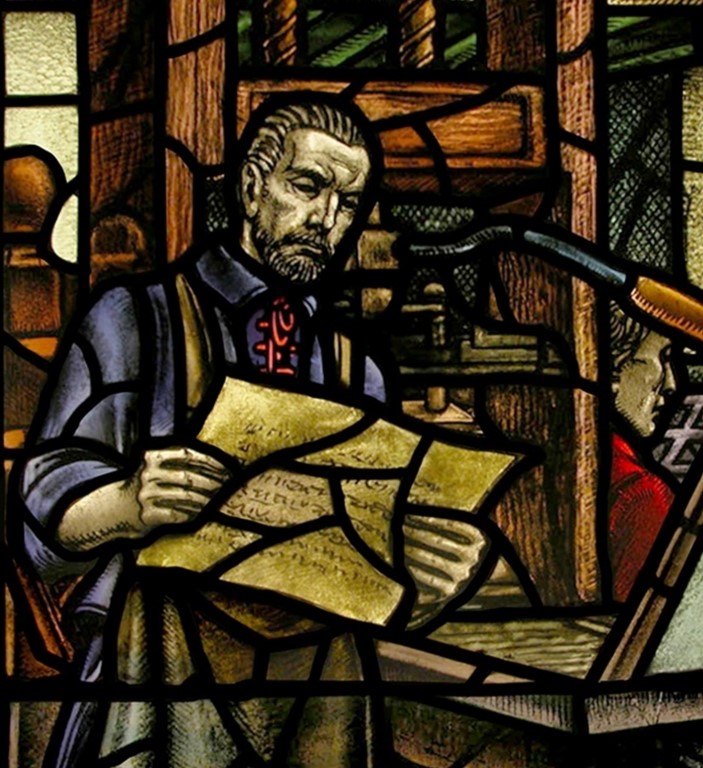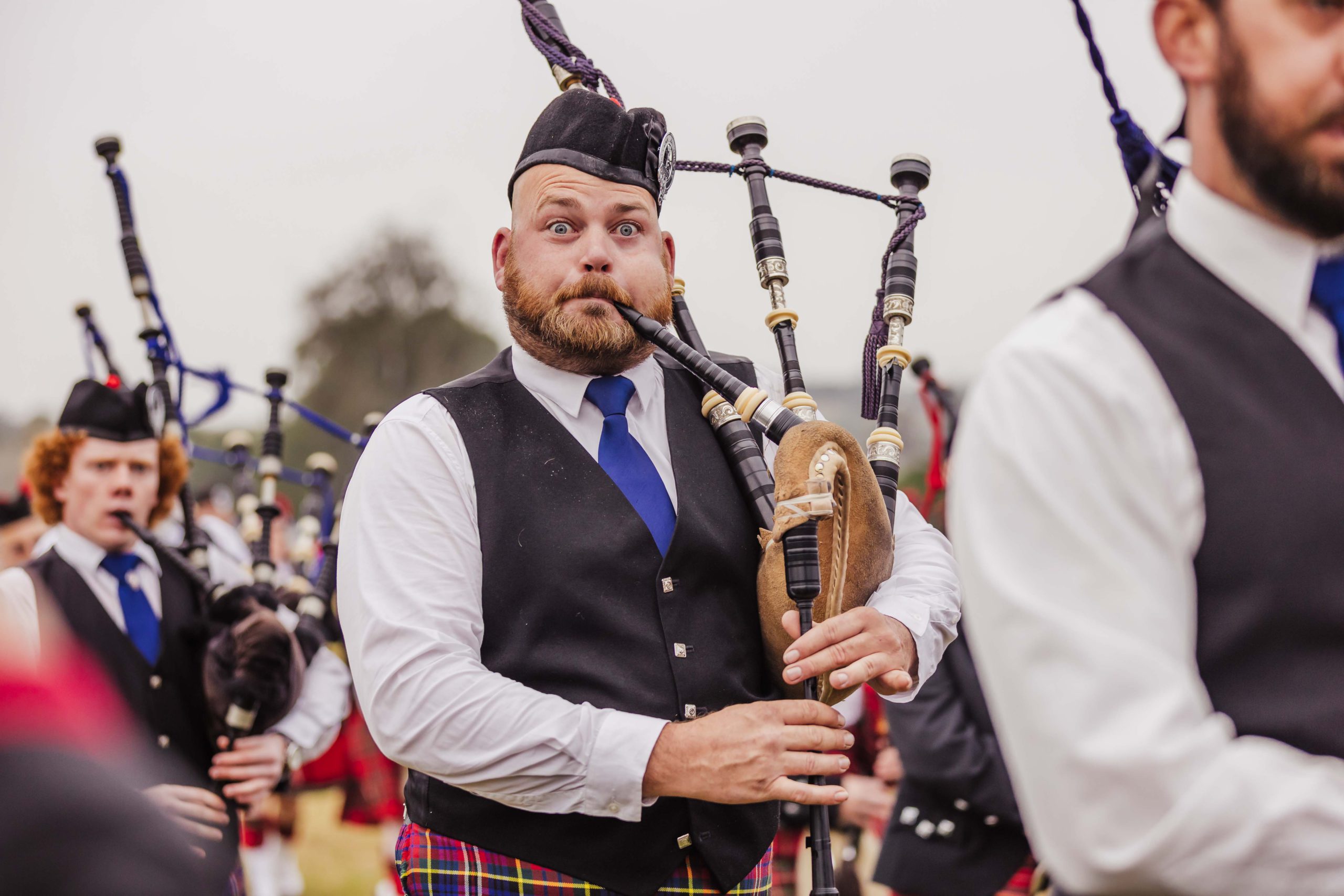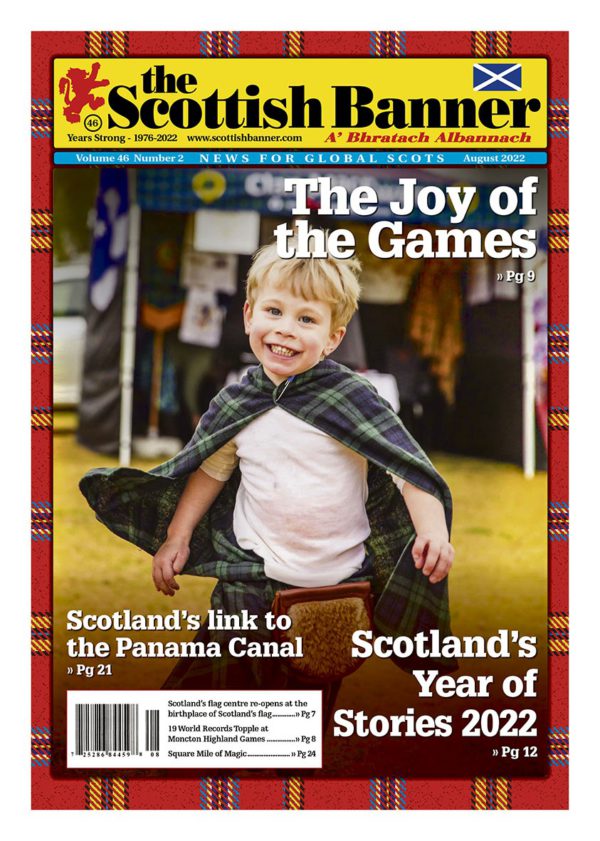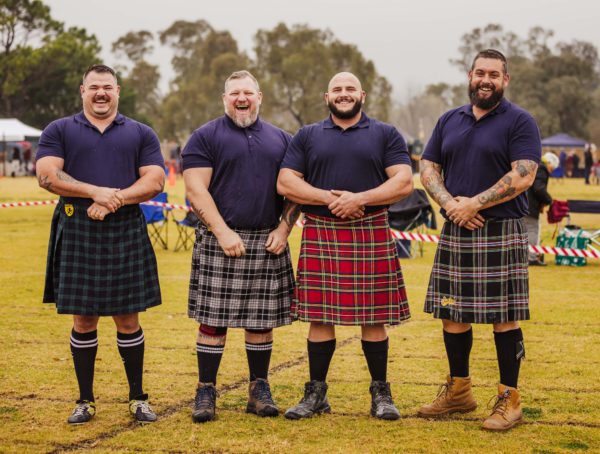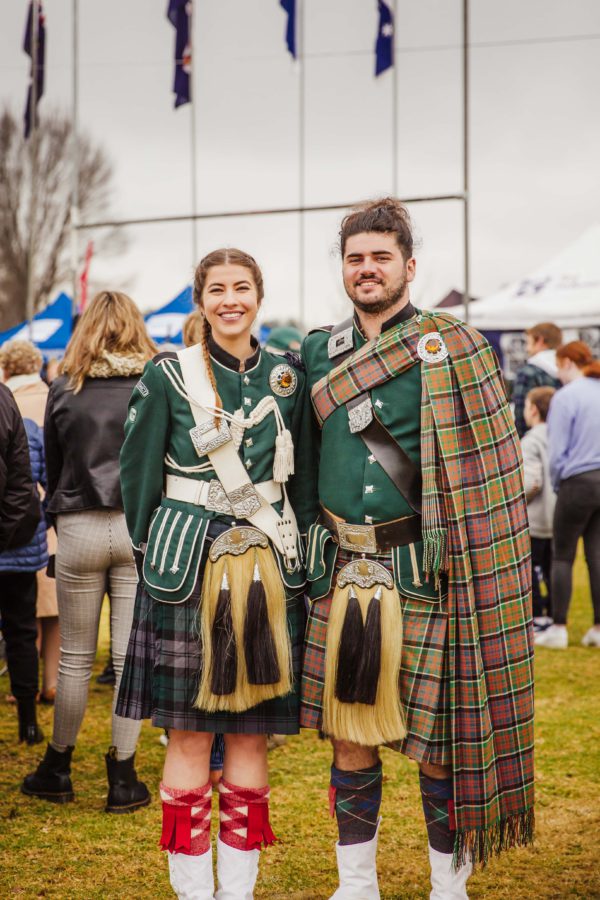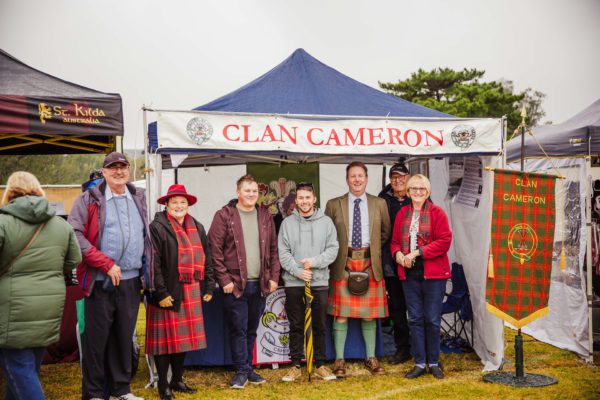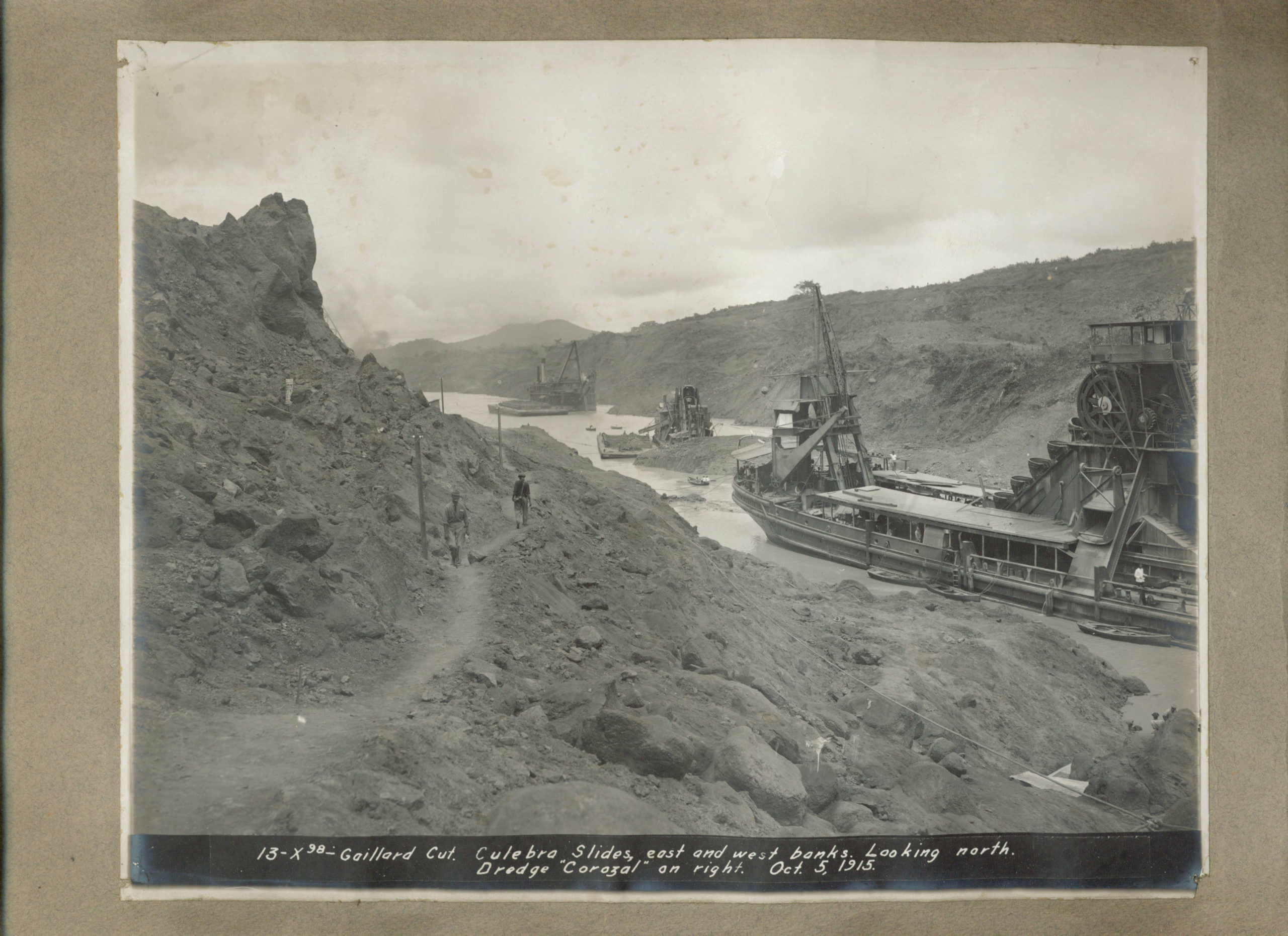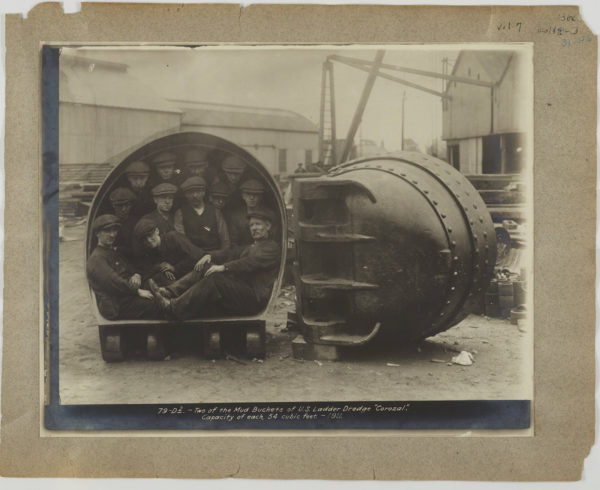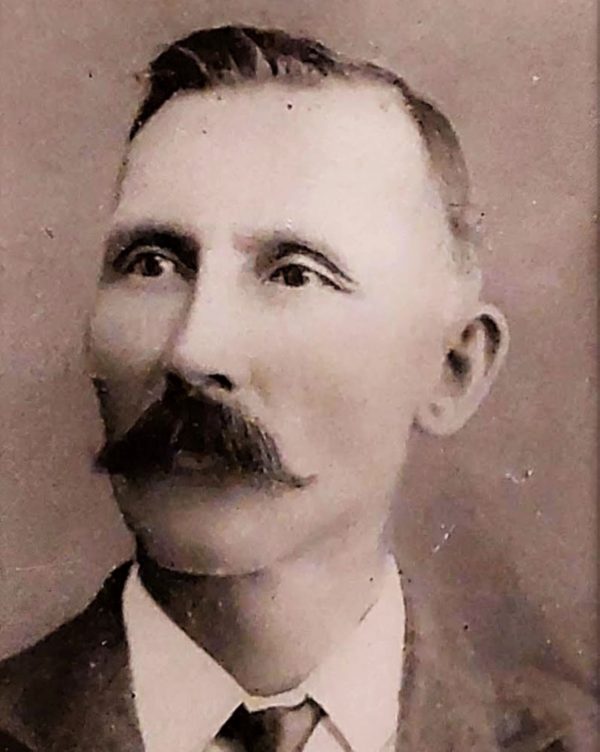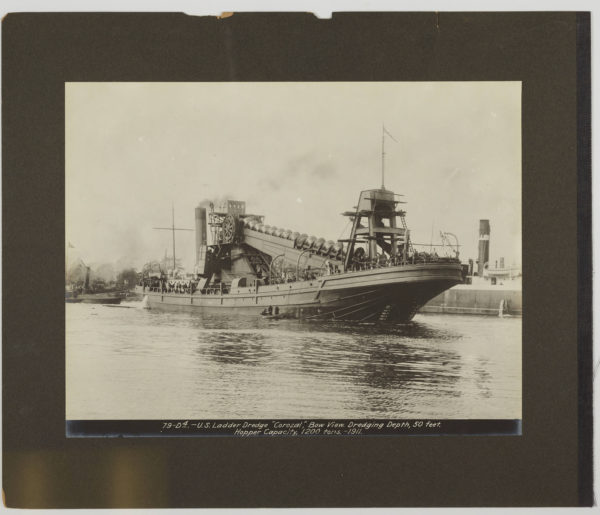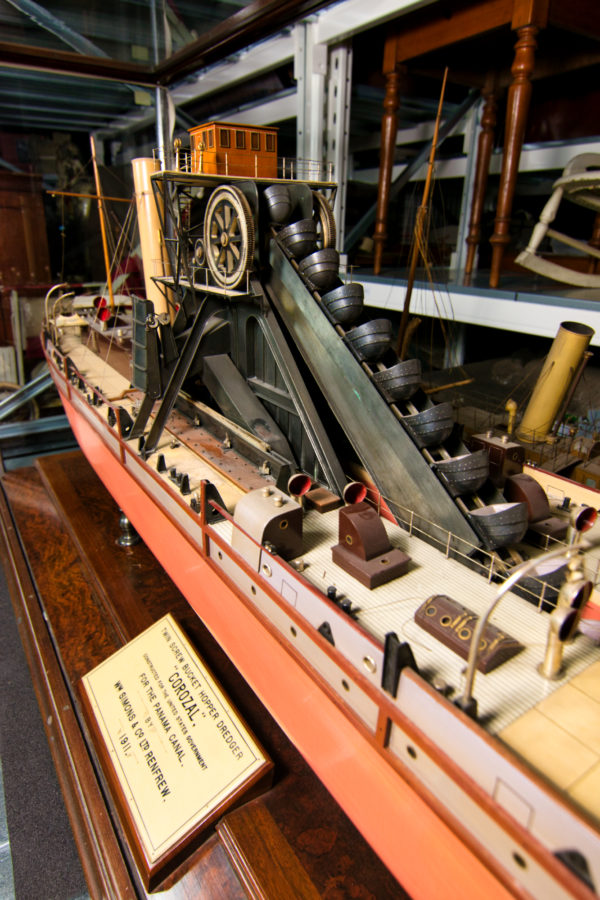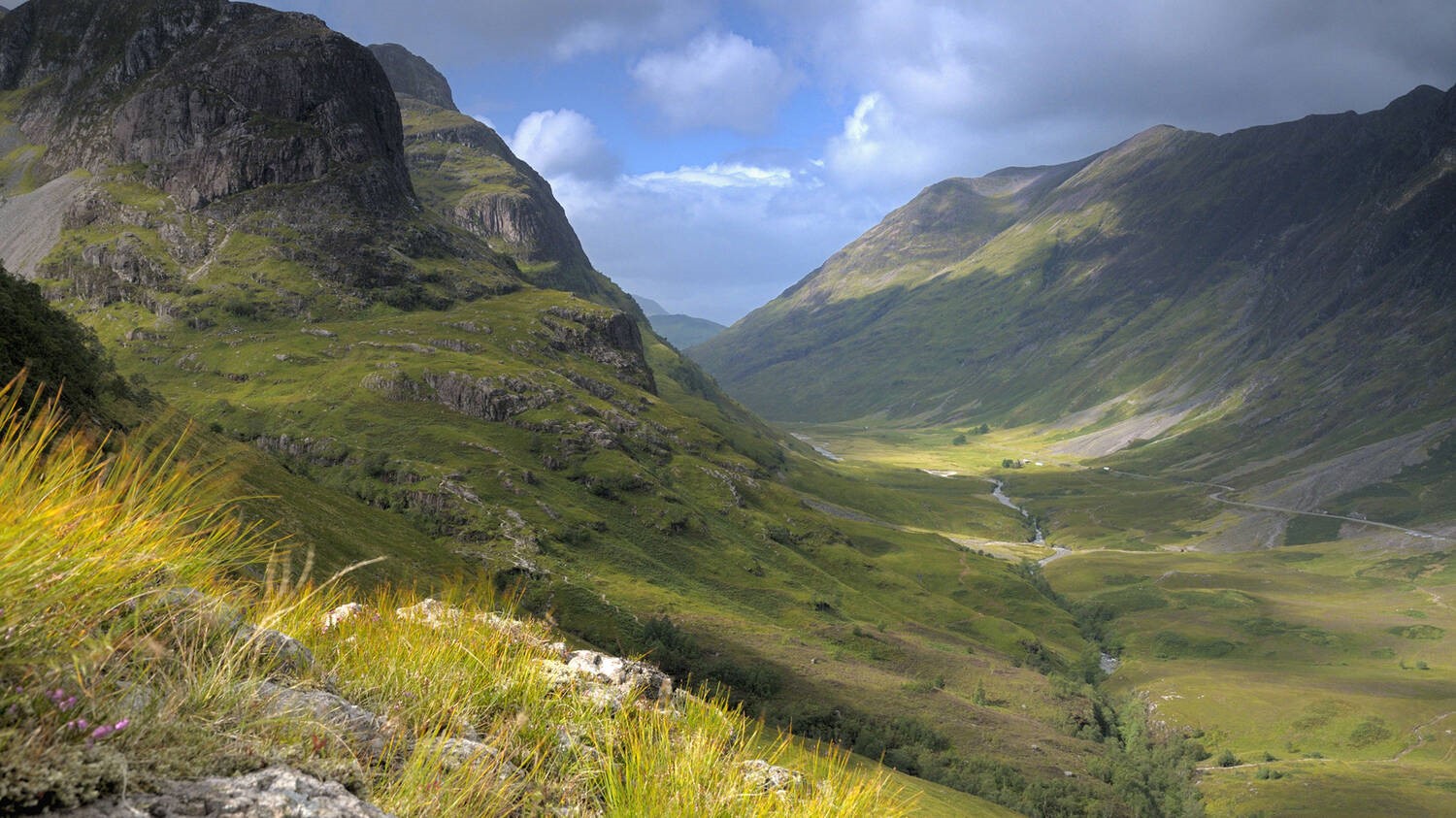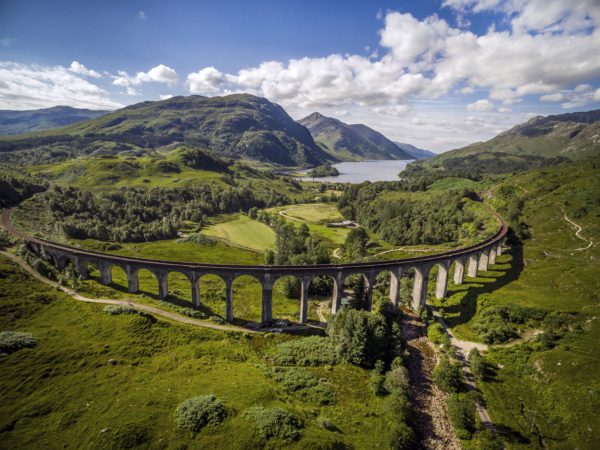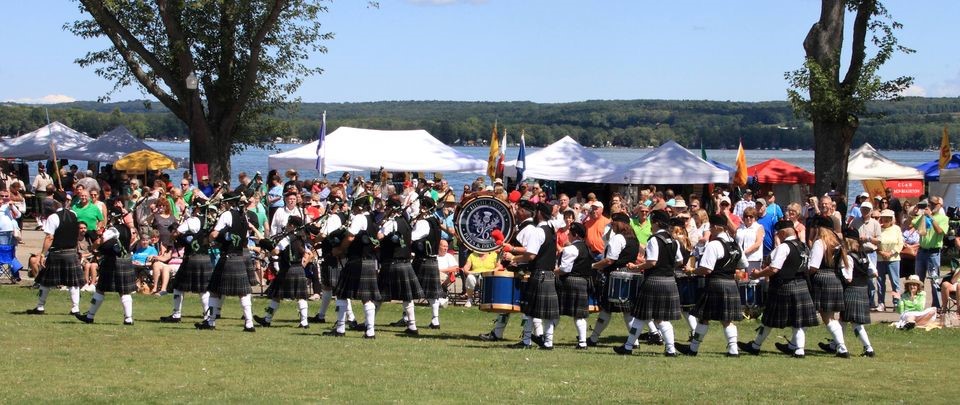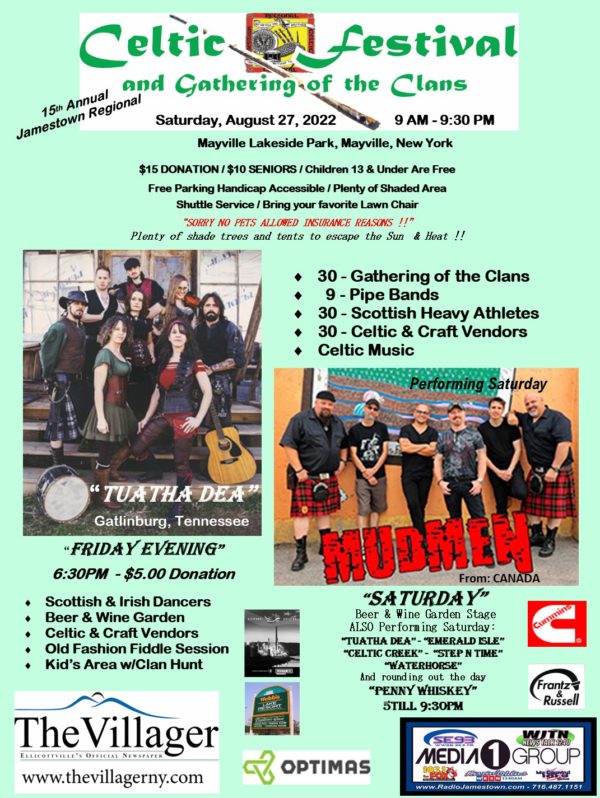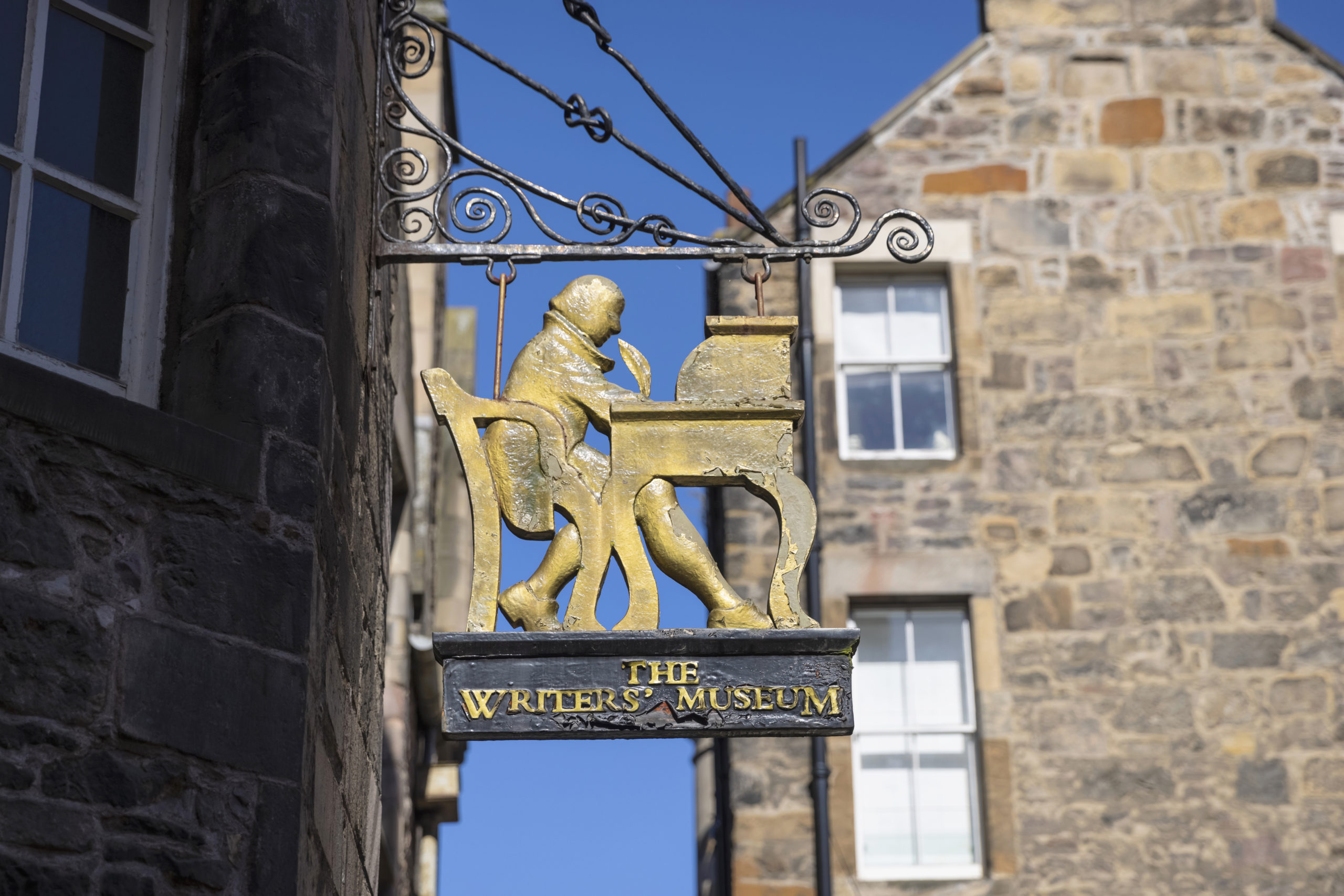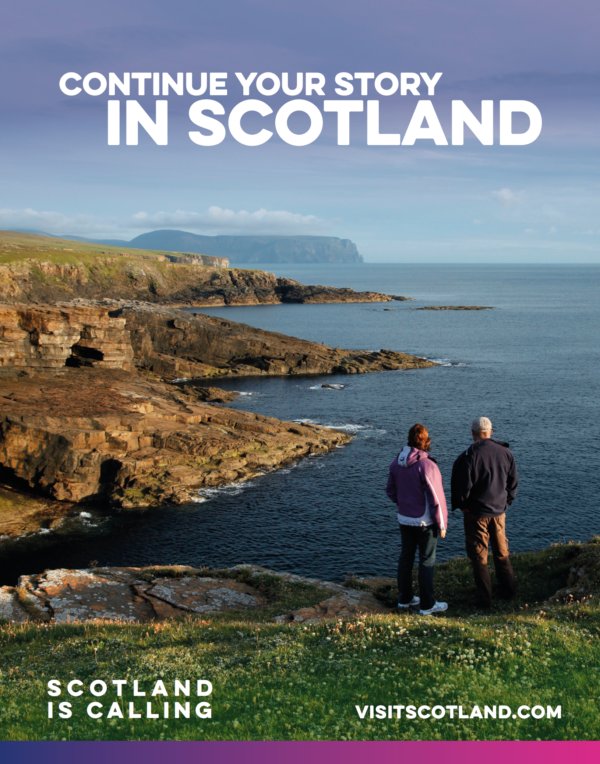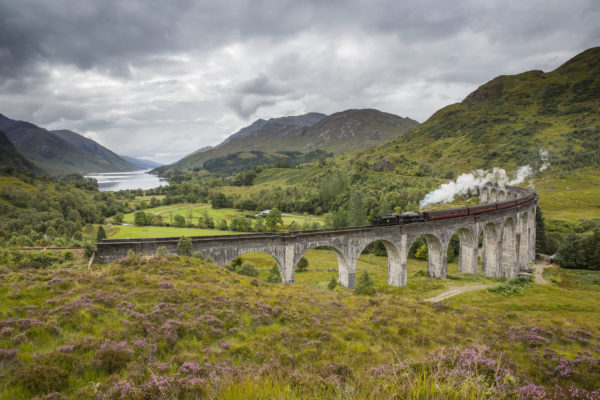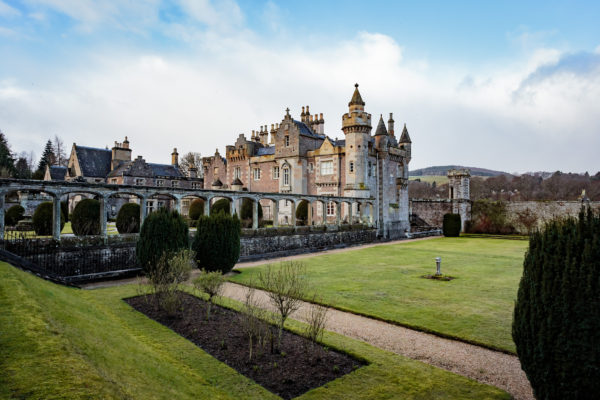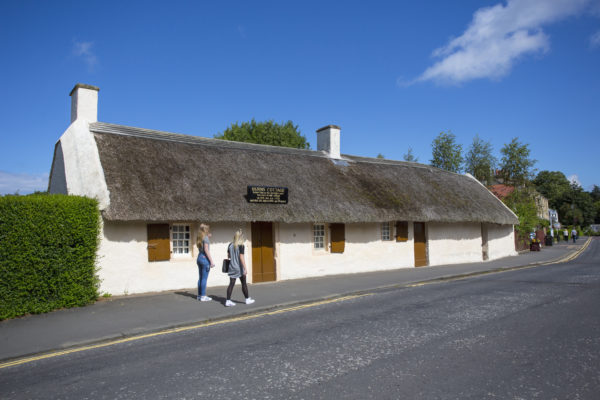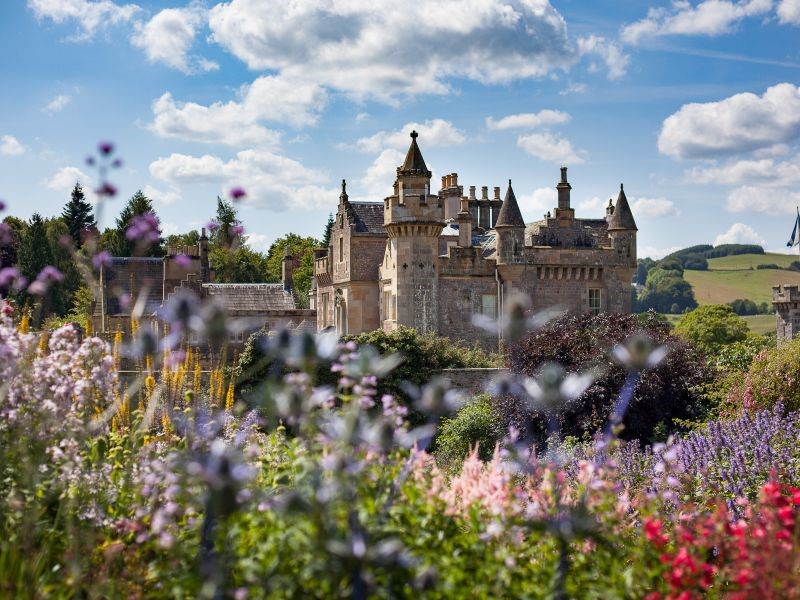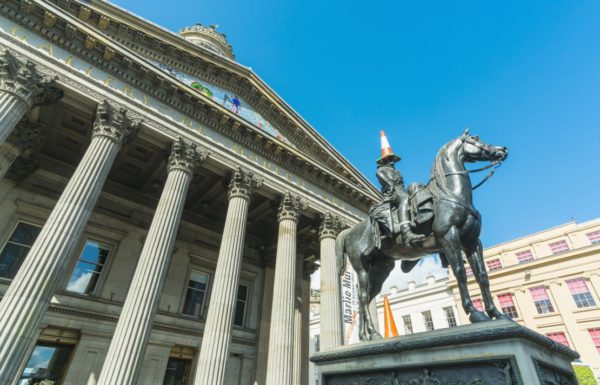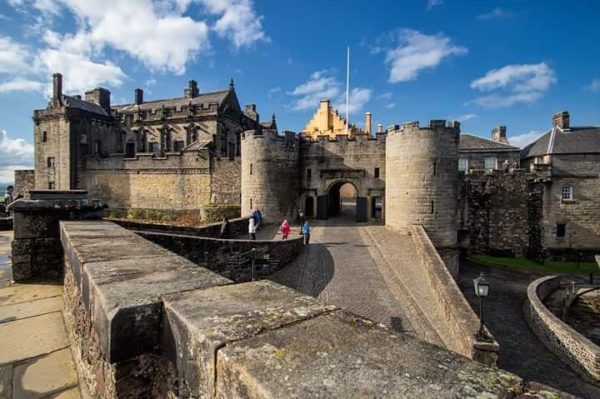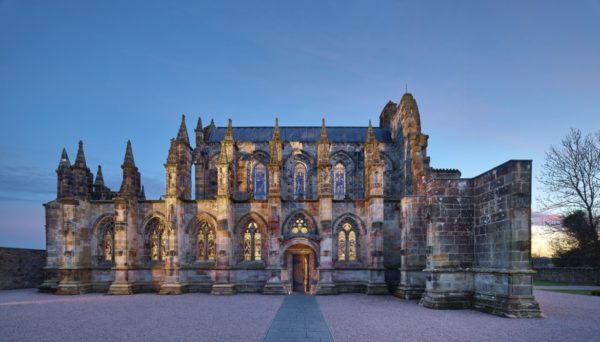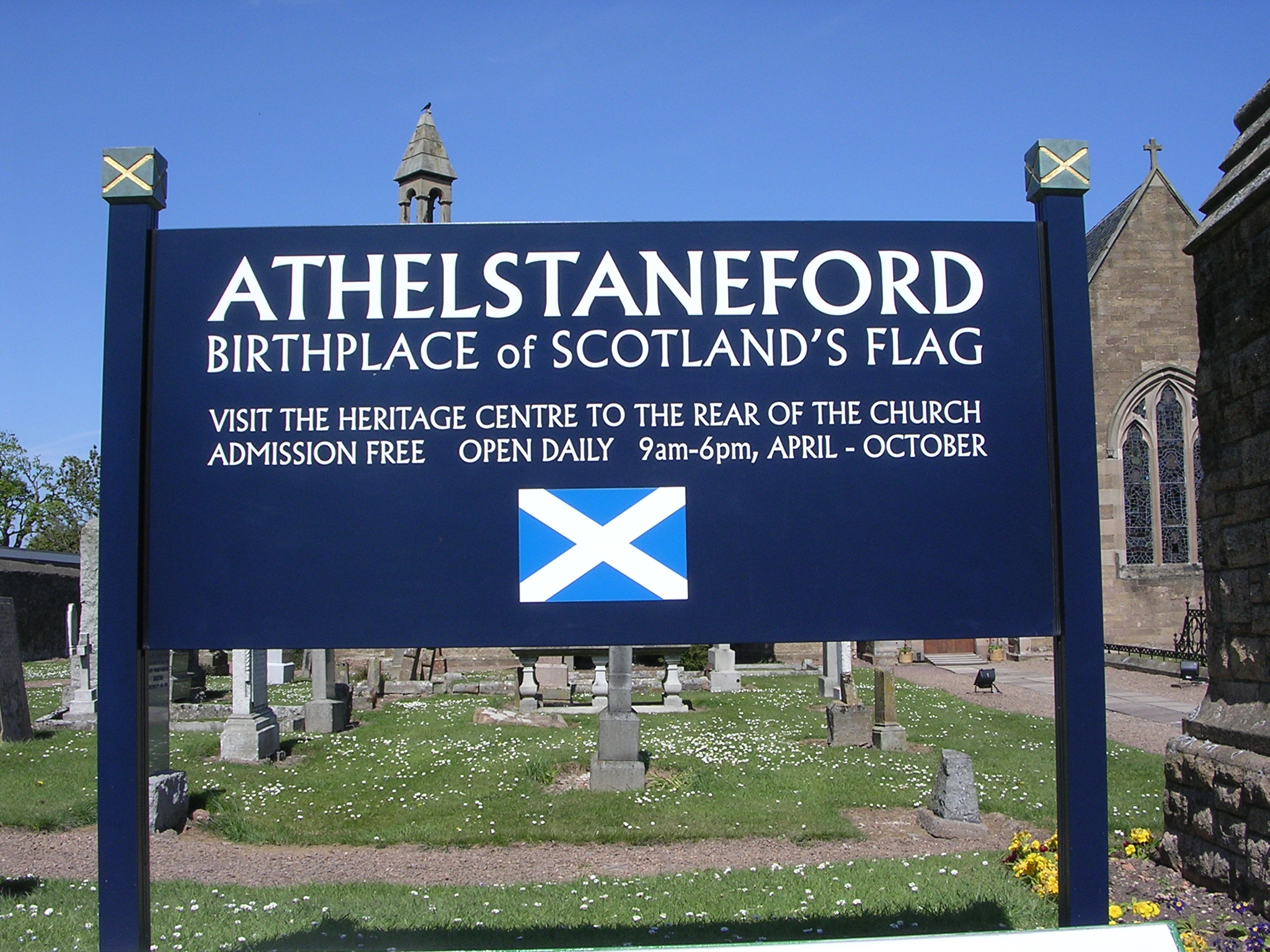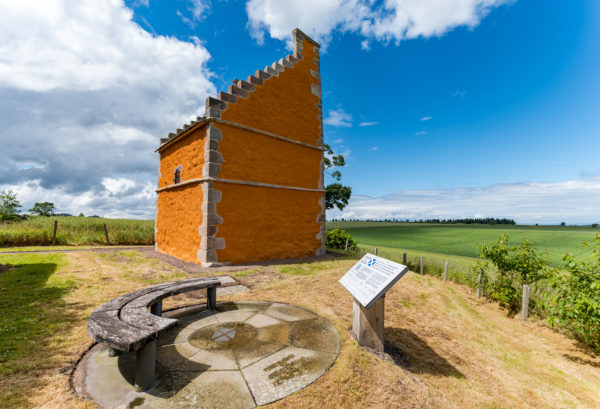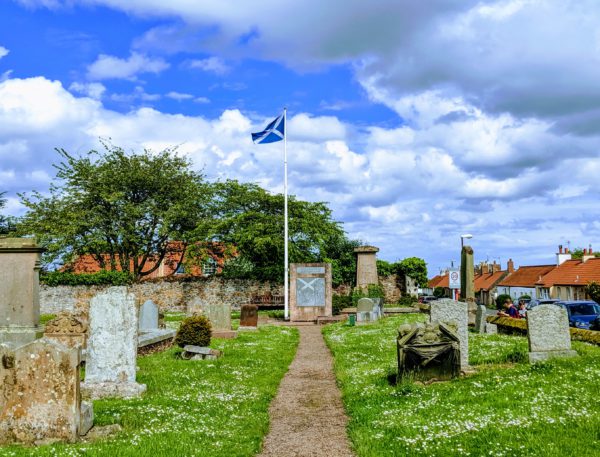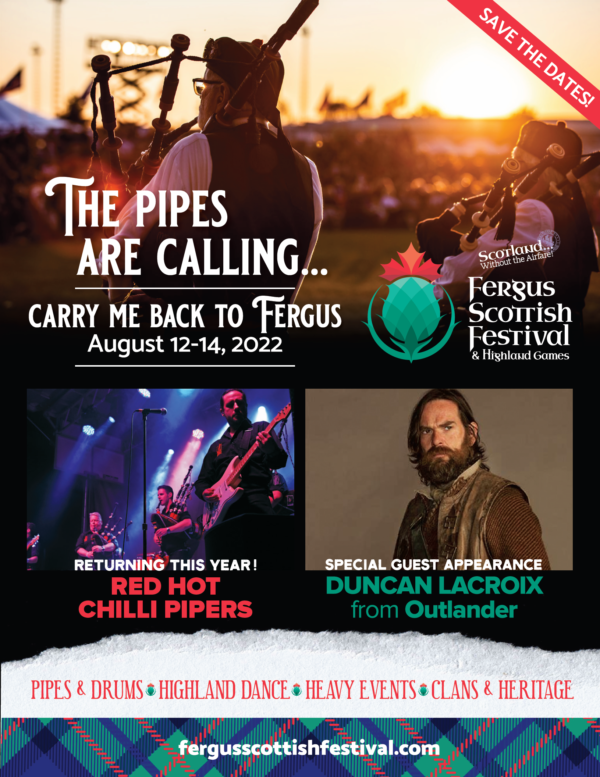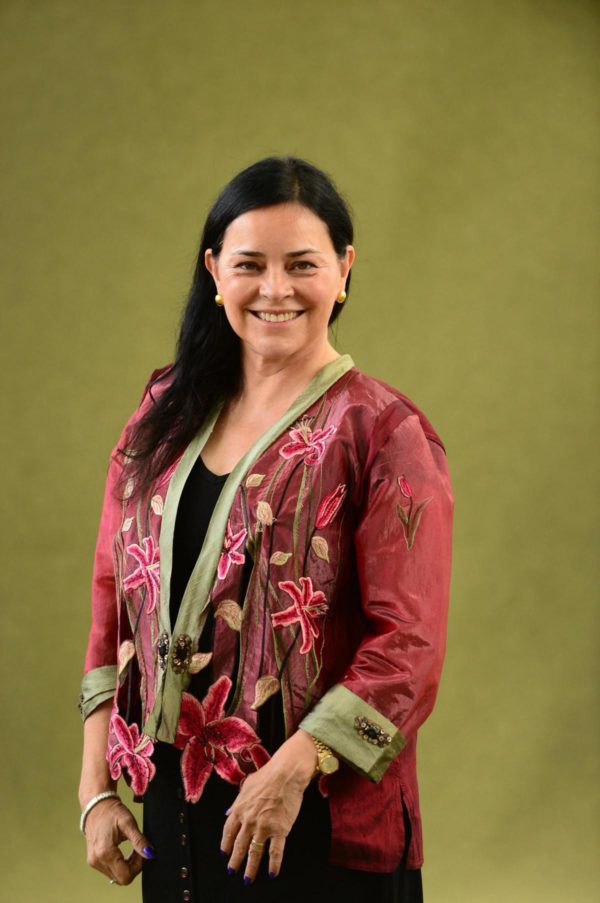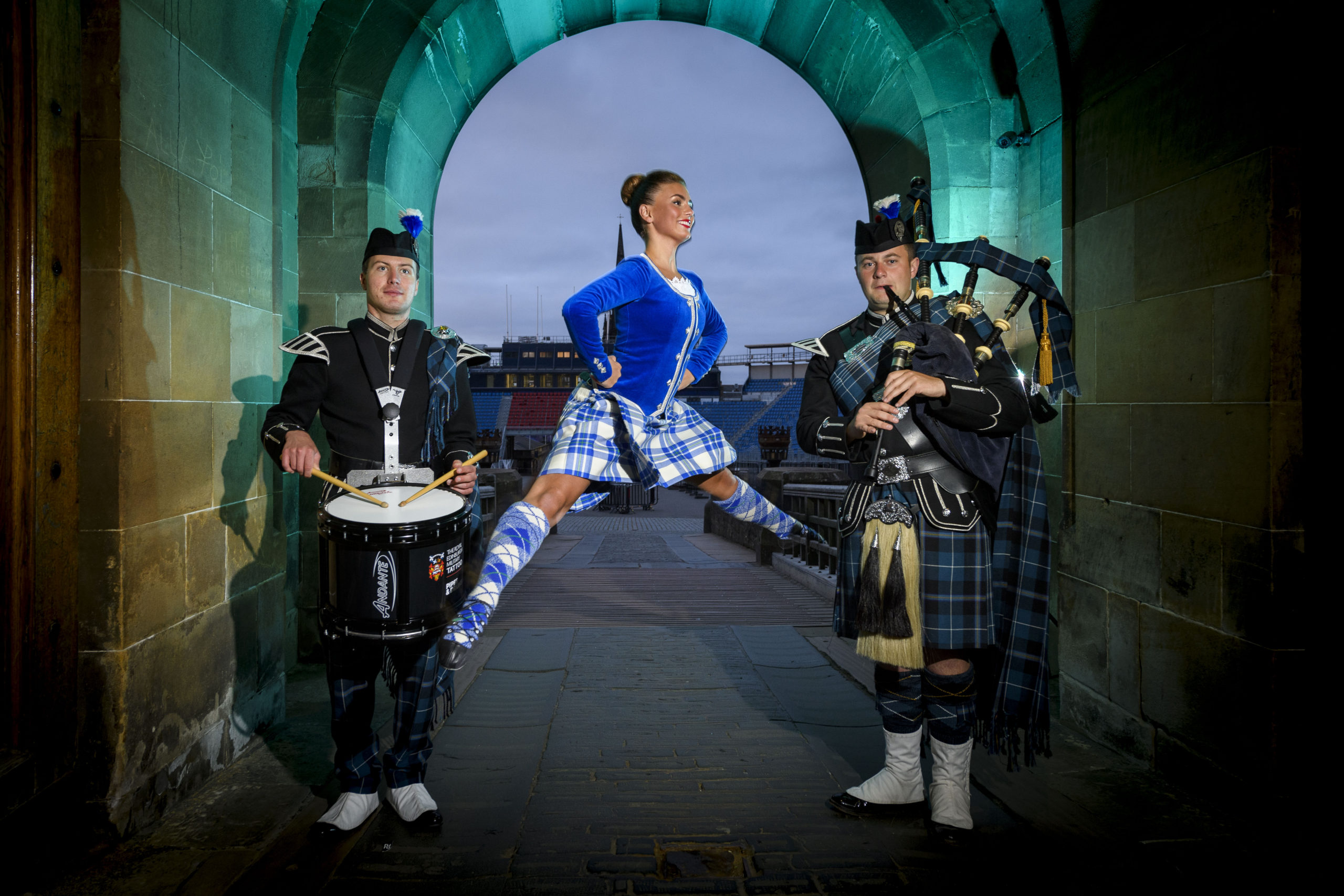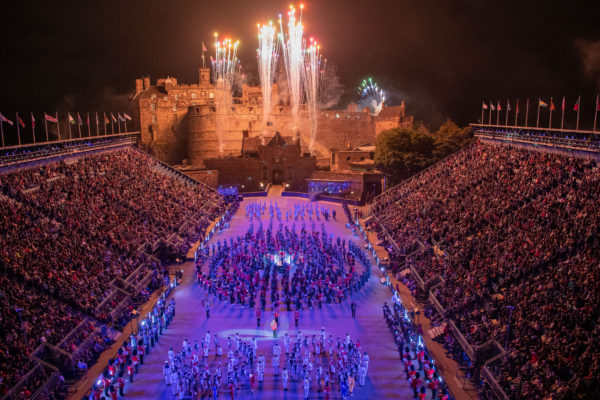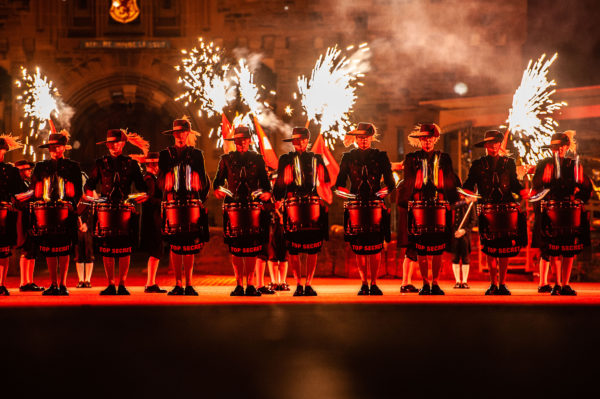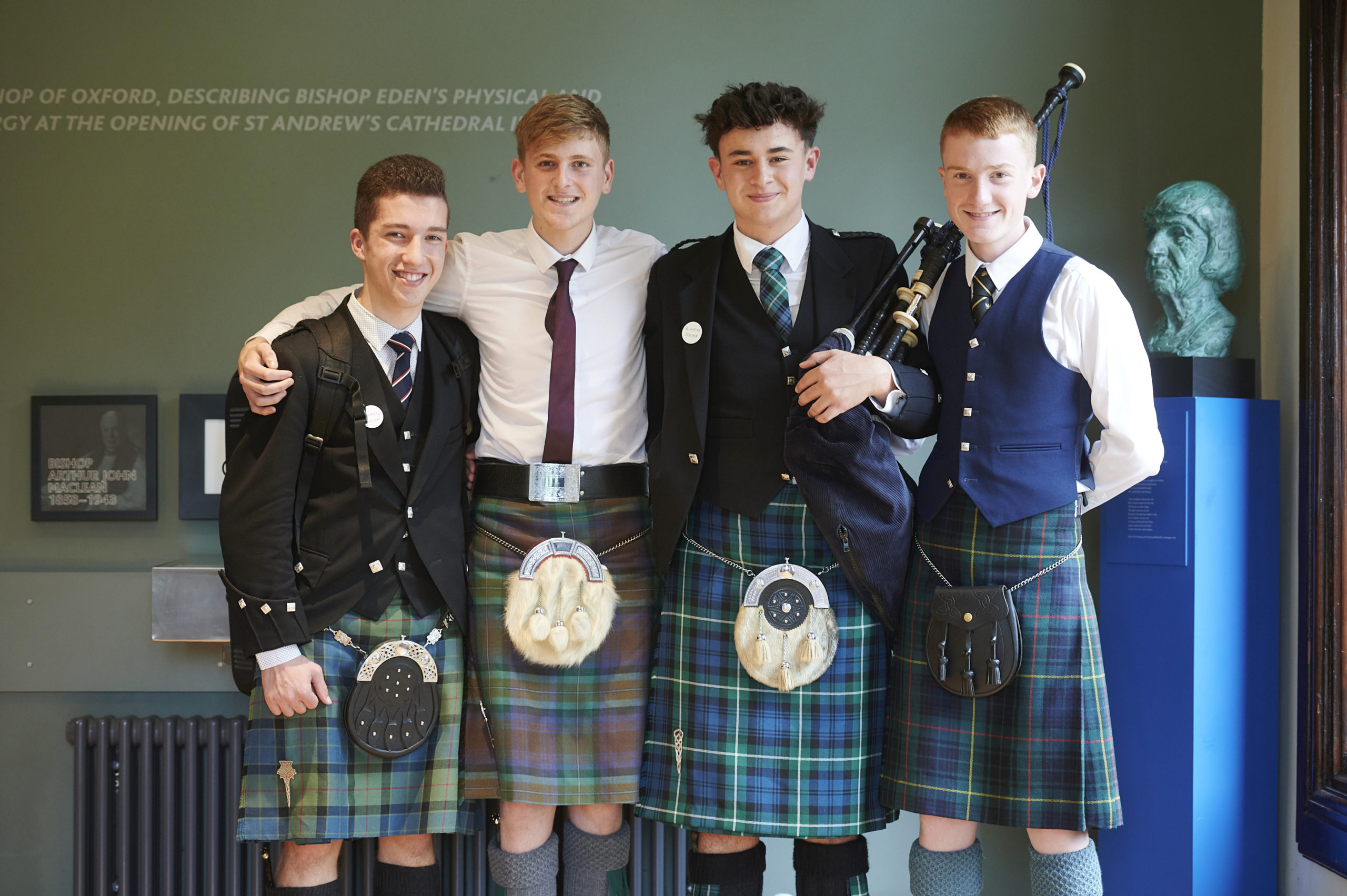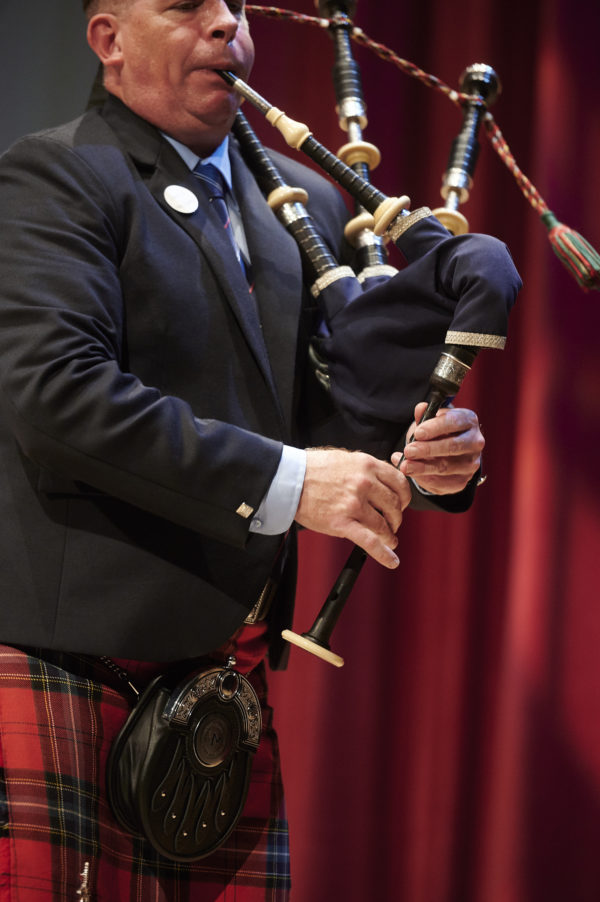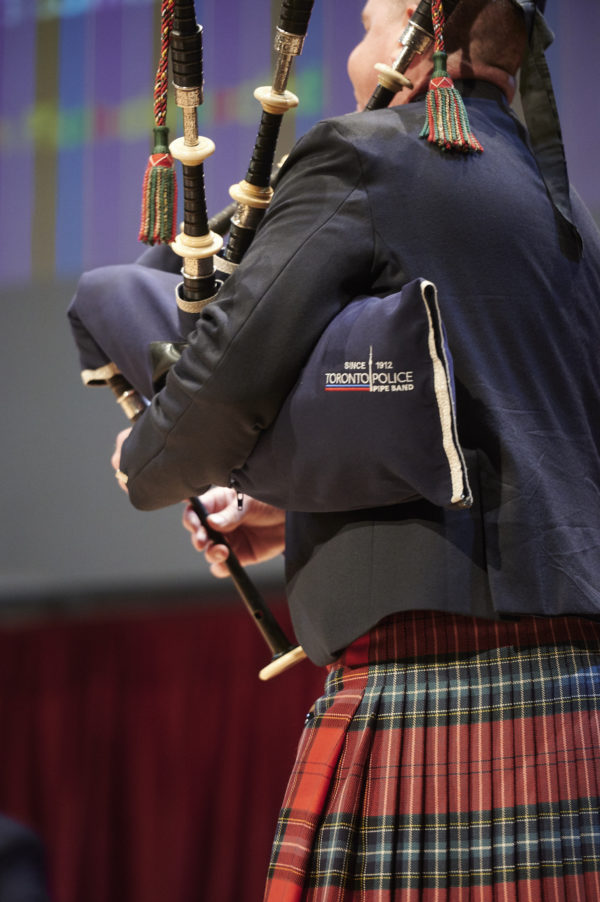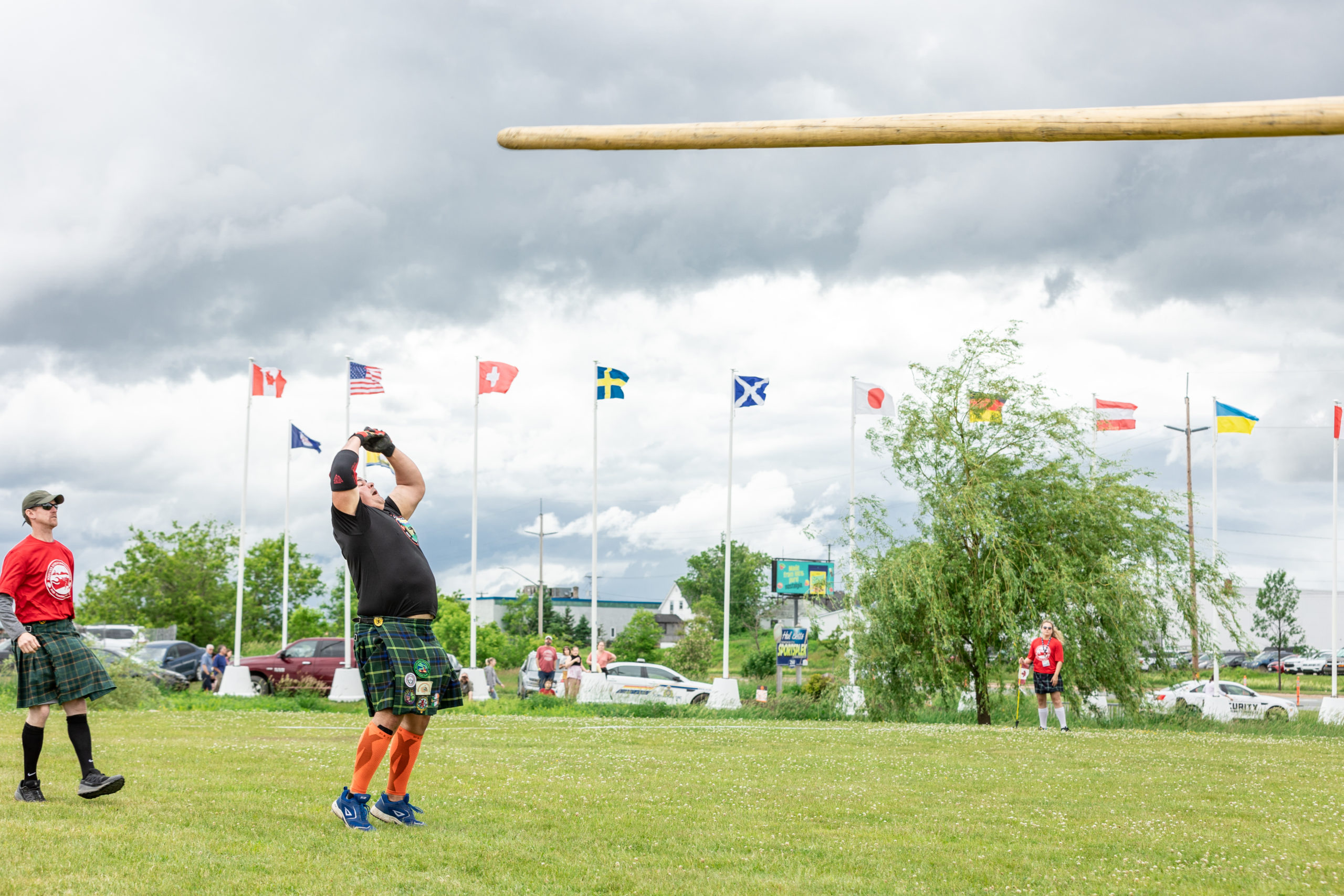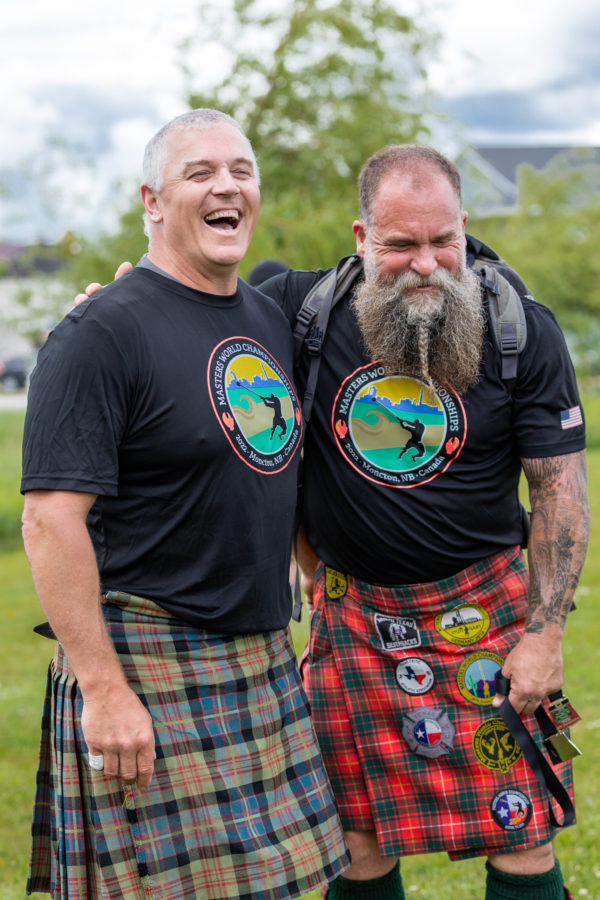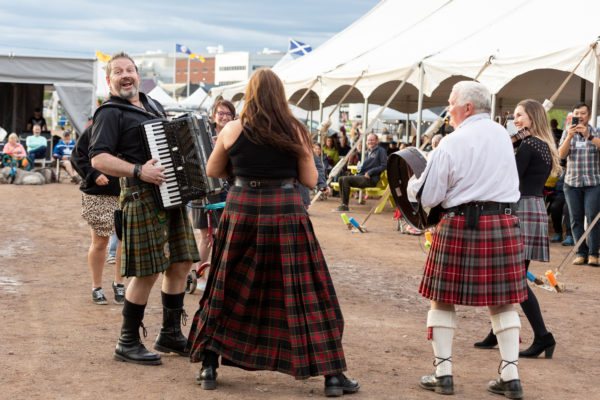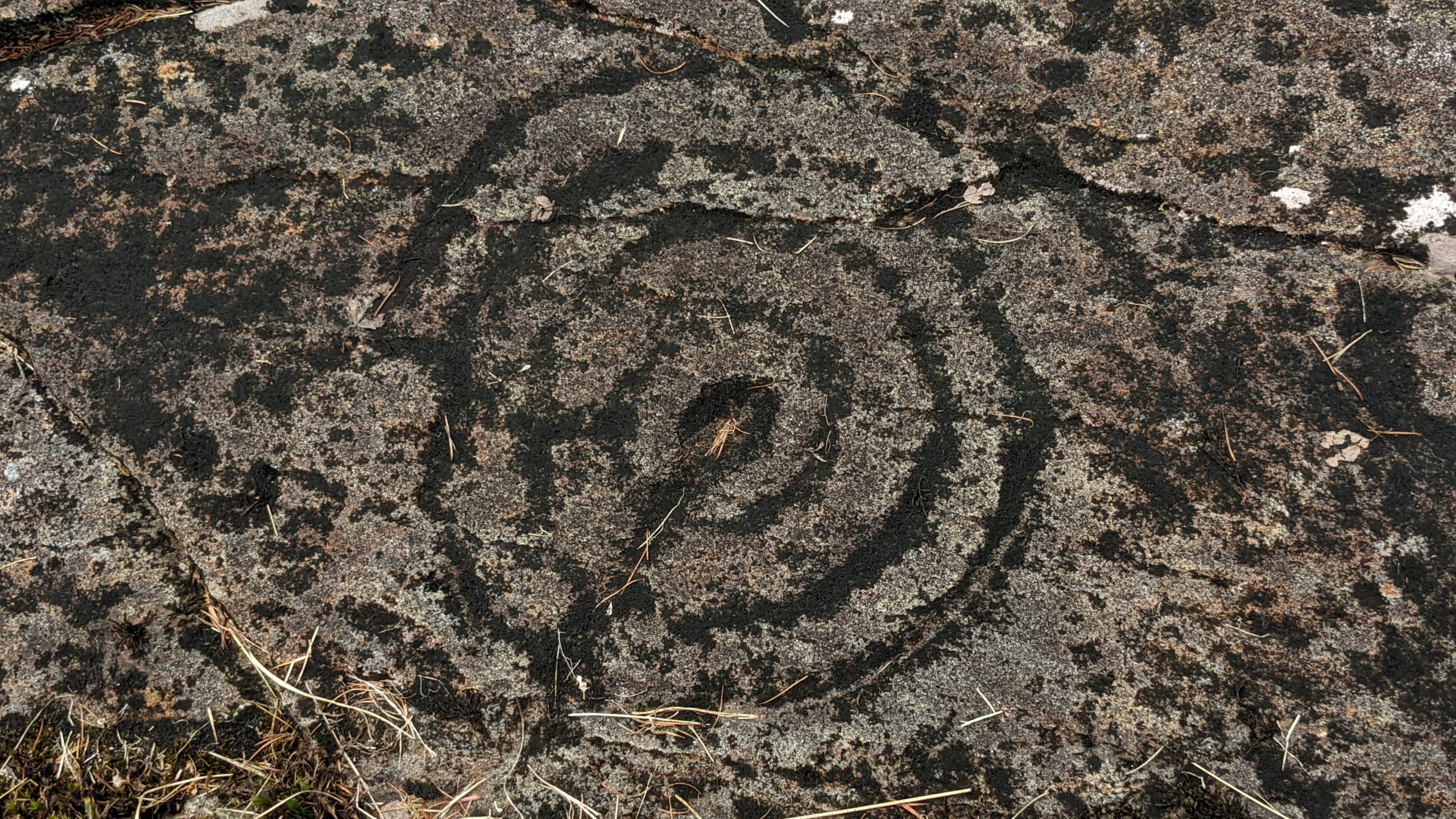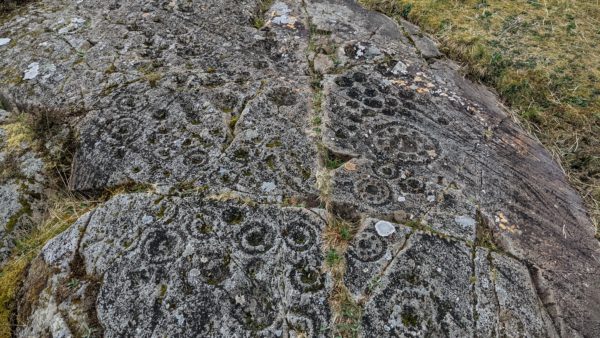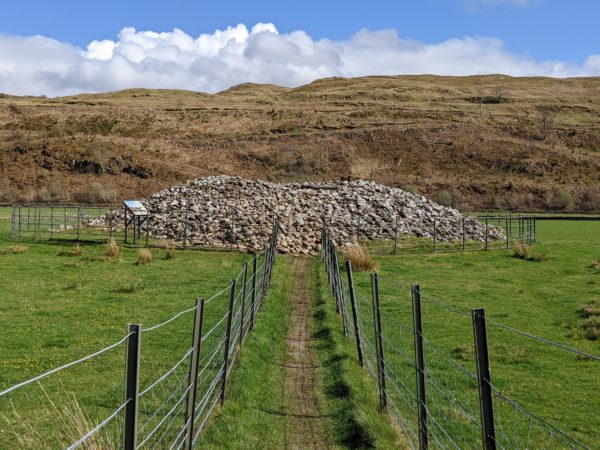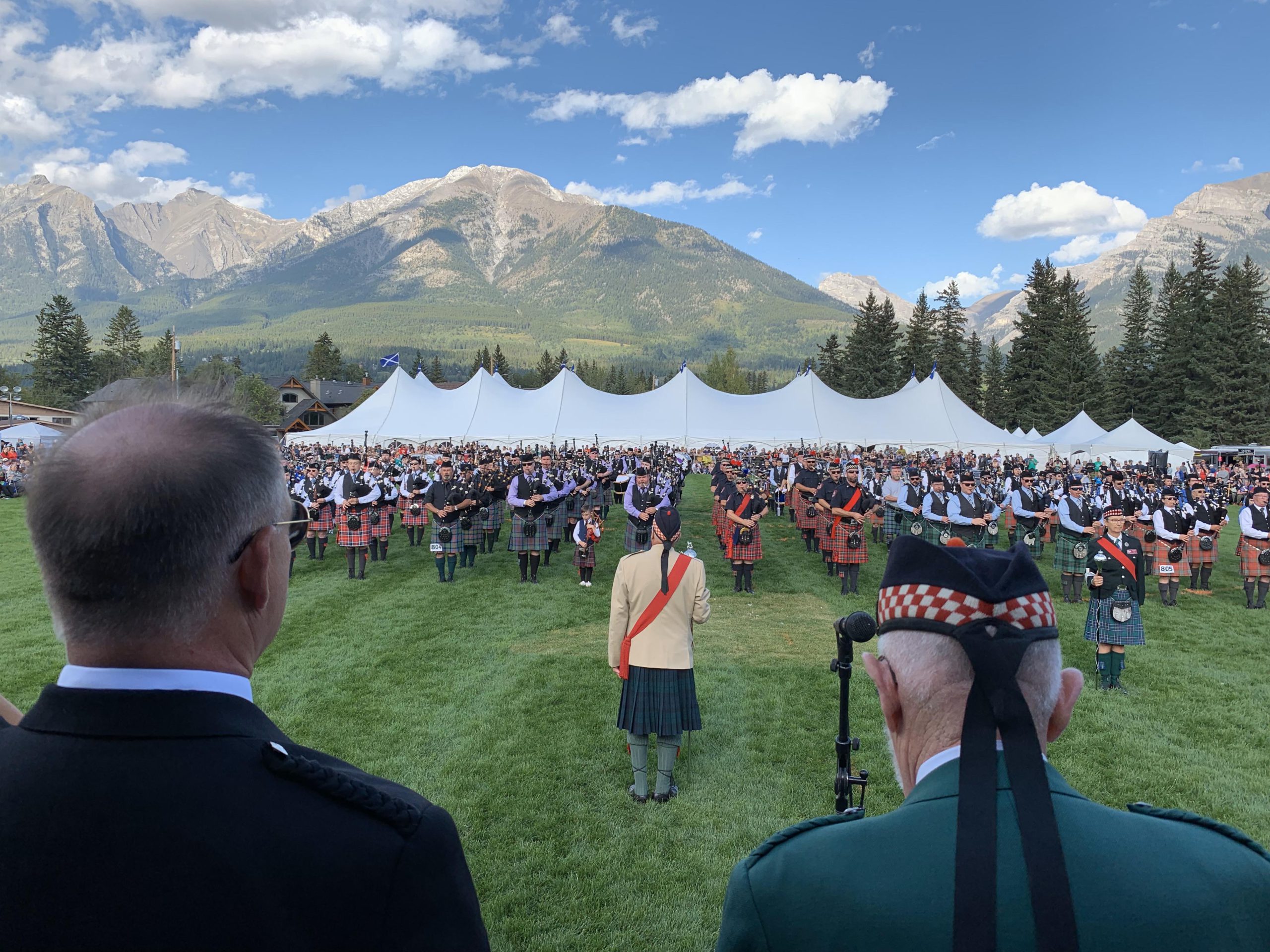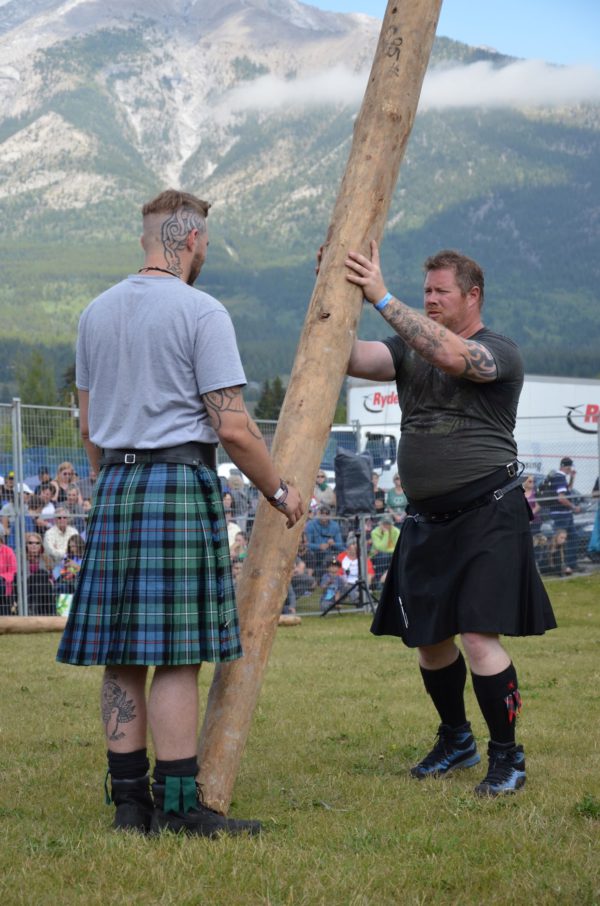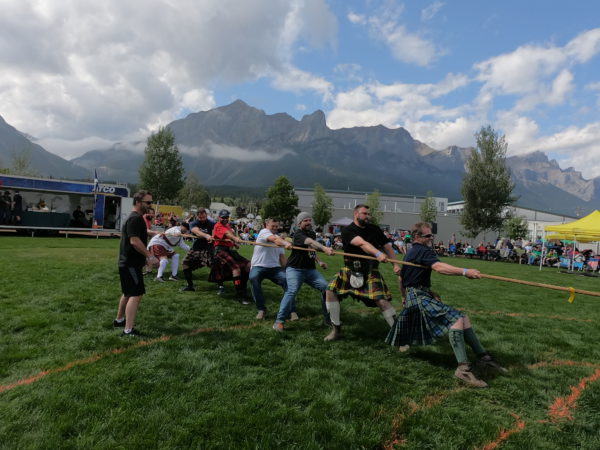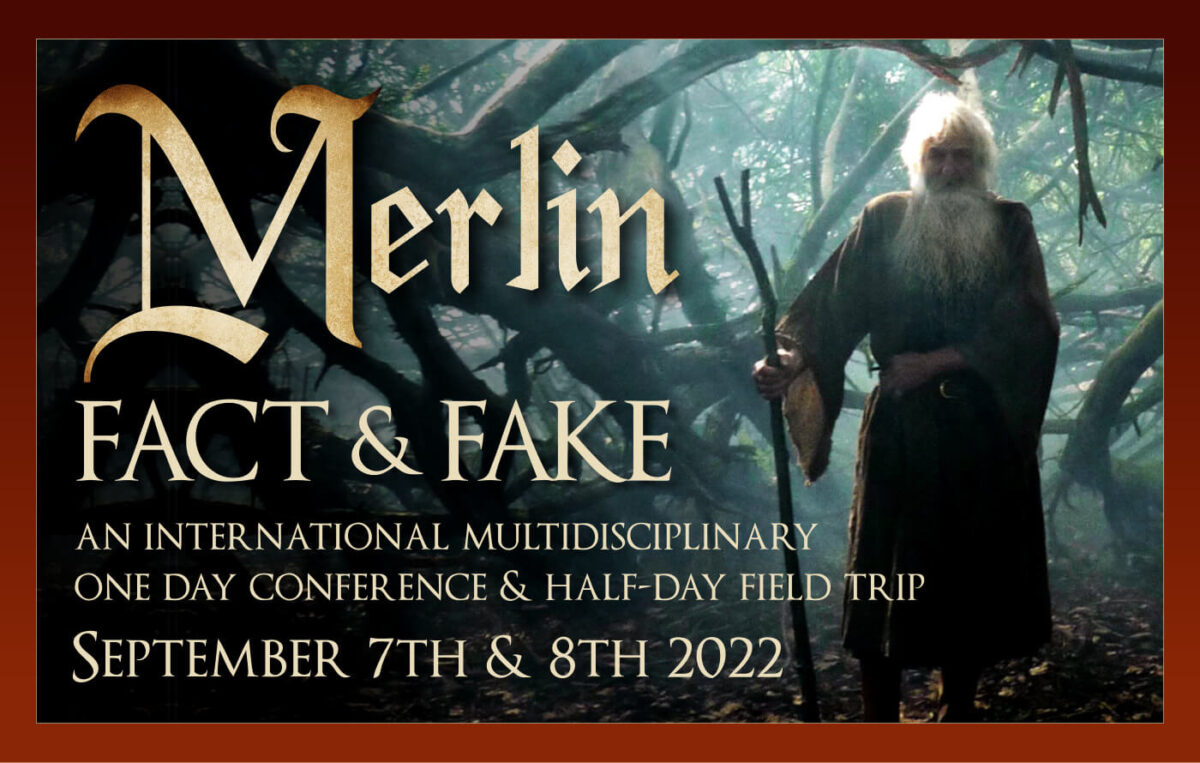The Royal National Mòd will showcase and celebrate the very best in Gaelic music and culture when it comes to Perth for the first time in 18 years this month. A vibrant programme of fringe concerts, shows, ceilidhs and exhibitions, has today been unveiled and will delight audiences across the city between the 14th – 22nd October 2022. The eight-day event is Gaeldom’s premier musical and cultural celebration staged annually at a different Scottish town. This year’s Royal National Mòd in Perth will mark 130 years since the first ever event took place in Oban in 1892.
Around 1000 musicians and participants will fill over 10 venues, the length and breadth of Perth this October, including Perth Concert Hall, Perth Theatre and North Inch Community Campus. Sporting events will also take centre stage, with shinty and football hosted at Bells Sports Centre, while a joyous massed choir’s event on Perth High Street will close the nine-day celebration.
The very best Gaelic talent
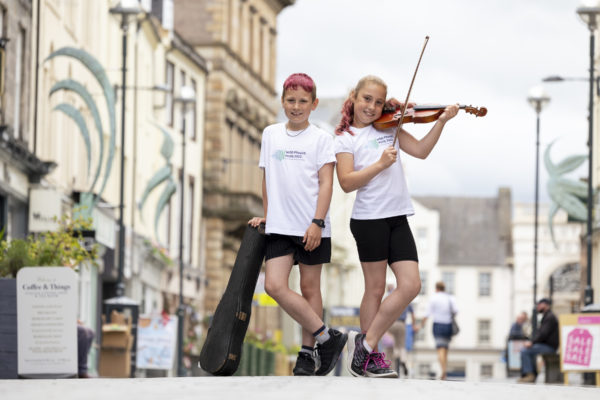
With the recently reported rise in the number of Scots knowing some Gaelic words and phrases, this year’s Royal National Mòd is expected to attract thousands of competitors and concert goers who have an interest in the language and its culture. This significant number of attendees will make a hugely positive impact on the local economy of Perth.
Cuirm-Fosglaidh a’ Mhòid 2022 (Mòd 2022 Opening Concert) will welcome some of the very best Gaelic talent to the Perth Concert Hall stage this October. Singers Mairi MacInnes, Arthur Cormack, Ceitlin Lilidh and Darren MacLean will perform alongside an all-star band led by Gary Innes and Ewen Henderson of Mànran fame. The Saturday evening will showcase a very special night dedicated to the thriving Gaelic culture and traditional music that Perthshire has to offer. Entitled Ar Cànan ‘S Ar Ceòl (Our Language Our Music), this special night will feature a host of notable names including Margaret Bennett, Ross Ainslie and Ali Hutton’s Symbiosis, alongside Patsy Reid. This concert will not only celebrate the well-known musicians and singers who have put Perth on the musical map, but also the many community and educational groups who work tirelessly with passion and enthusiasm to ensure the local traditional cultural community continues to thrive. These groups include Perth Gaelic Choir, The Gordon Duncan Experience and The Tayside Young Fiddlers.
A new competition for Perth Mòd 2022 is the Cogadh nan Còmhlain (Battle of the Bands). This junior competition will provide a wonderful opportunity for young people to perform live on stage, with the winning bands receiving a recording session experience with Wee Studio in Stornoway. Cuirm Crìochnachaidh a’ Mhòid (The Mòd Grand Finale) will welcome West Coast favourites Trail West to the Perth Concert Hall to close Gaeldom’s 2022 premier musical and cultural event.
A huge celebration of Gaelic language and culture
Duais Ealain na Gàidhealtachd (The Highland Art Prize) will also take place in Perth’s City Contemporary Art Gallery. It will exhibit recently selected artwork by local art associations and galleries that celebrate art and culture from across the Highland and Islands. In conjunction with the Royal National Mòd, the winning artwork will be chosen and presented with a prize of £1000 ( shared between the artist and their corresponding gallery), alongside an opportunity to exhibit their work at a high-profile Glasgow gallery in 2023.
The vibrant fringe programme will accompany a full suite of in-person competitions, some online competitions and a selection of exciting new categories. Competition categories include singing, bàrdachd, instrumental, drama and Highland dancing, while new elements include an accompanied choirs’ competition aimed at harmony singing groups of between five and ten singers alongside a new solo singing contest, The CalMac Competition, which is open to adult learners. Outwith the syllabus, a new TikTok competition and Sruth, an event aimed at encouraging more natural conversation among young people, will be part of the programme this year.
Shona MacLennan, Ceannard, Bòrd na Gàidhlig, said: “We are delighted to see the Royal National Mòd returning to Perth. The Mòd is always a huge celebration of Gaelic language and culture, providing opportunities to use the language in a wide range of events. It also contributes to a sense of wellbeing, particularly through bringing old and new friends together after some very challenging years. We welcome all celebrations of Gaelic and its culture and I’m sure Perth will be an outstanding location again this year.”
This year’s Royal National Mòd will run from 14th – 22nd October 2022. More information at www.ancomunn.co.uk.

